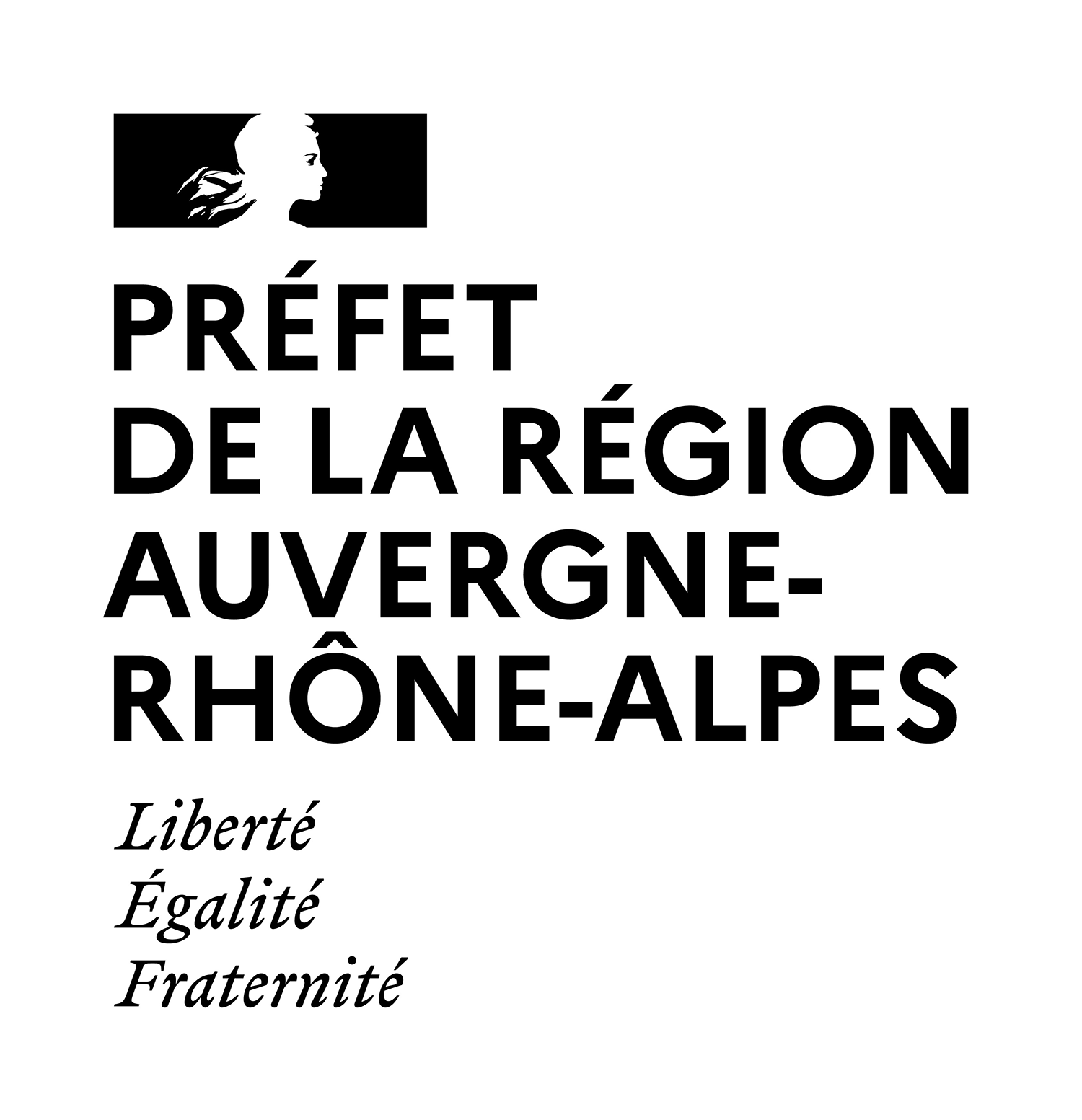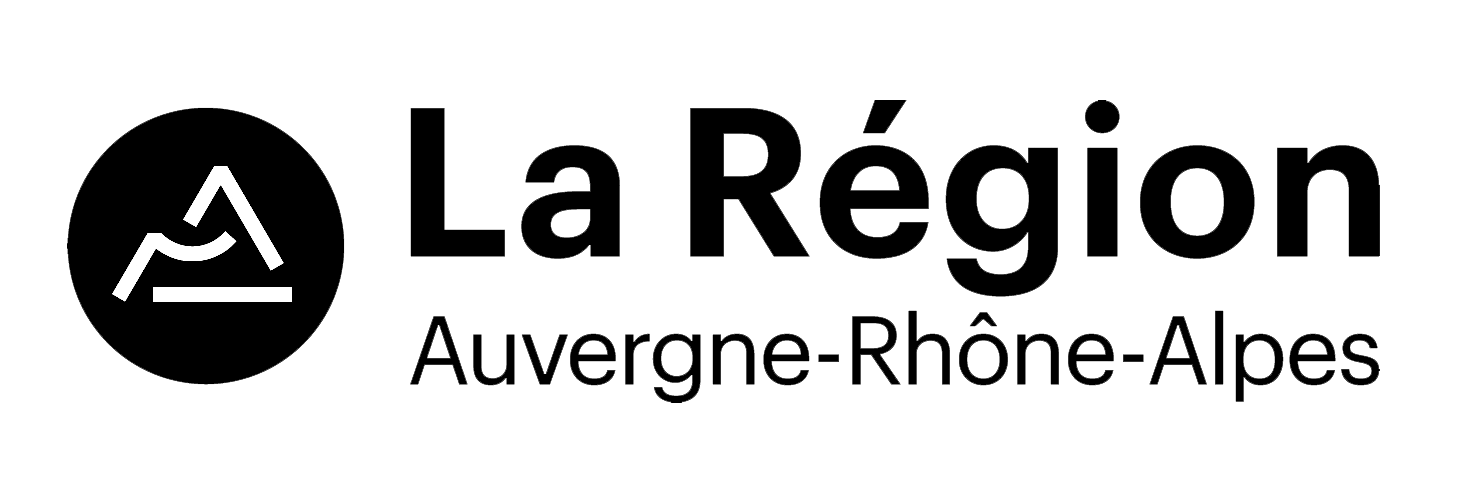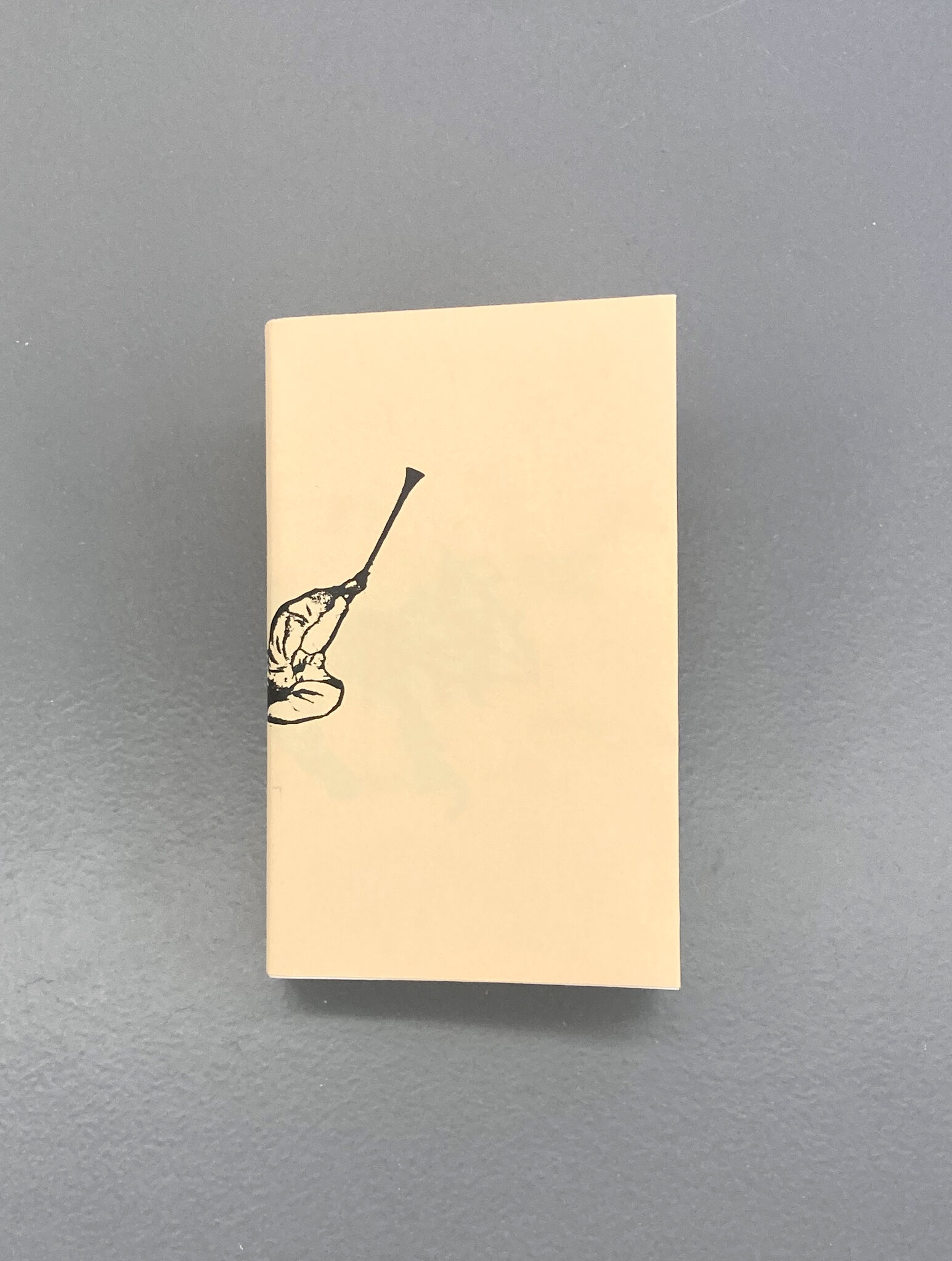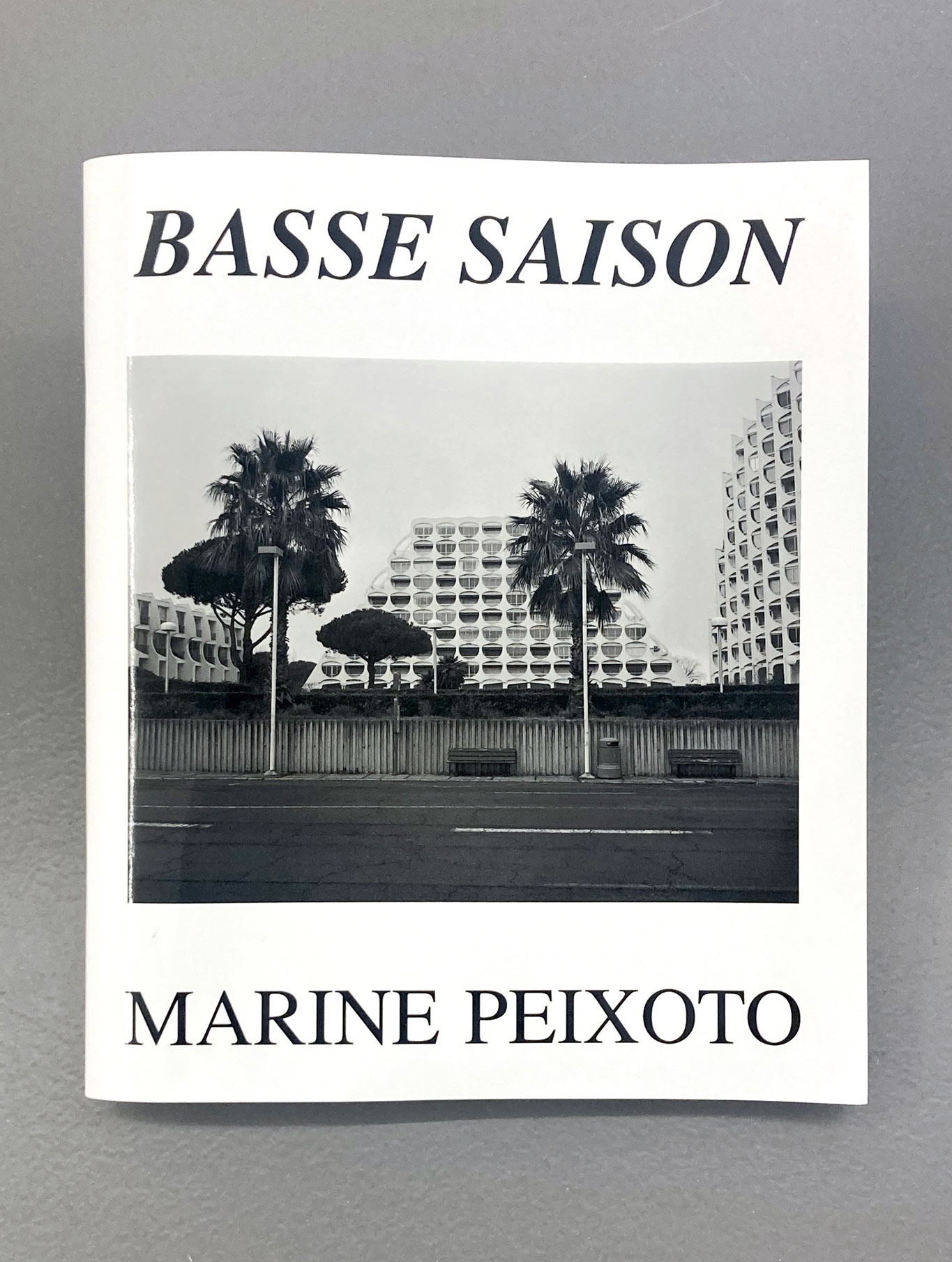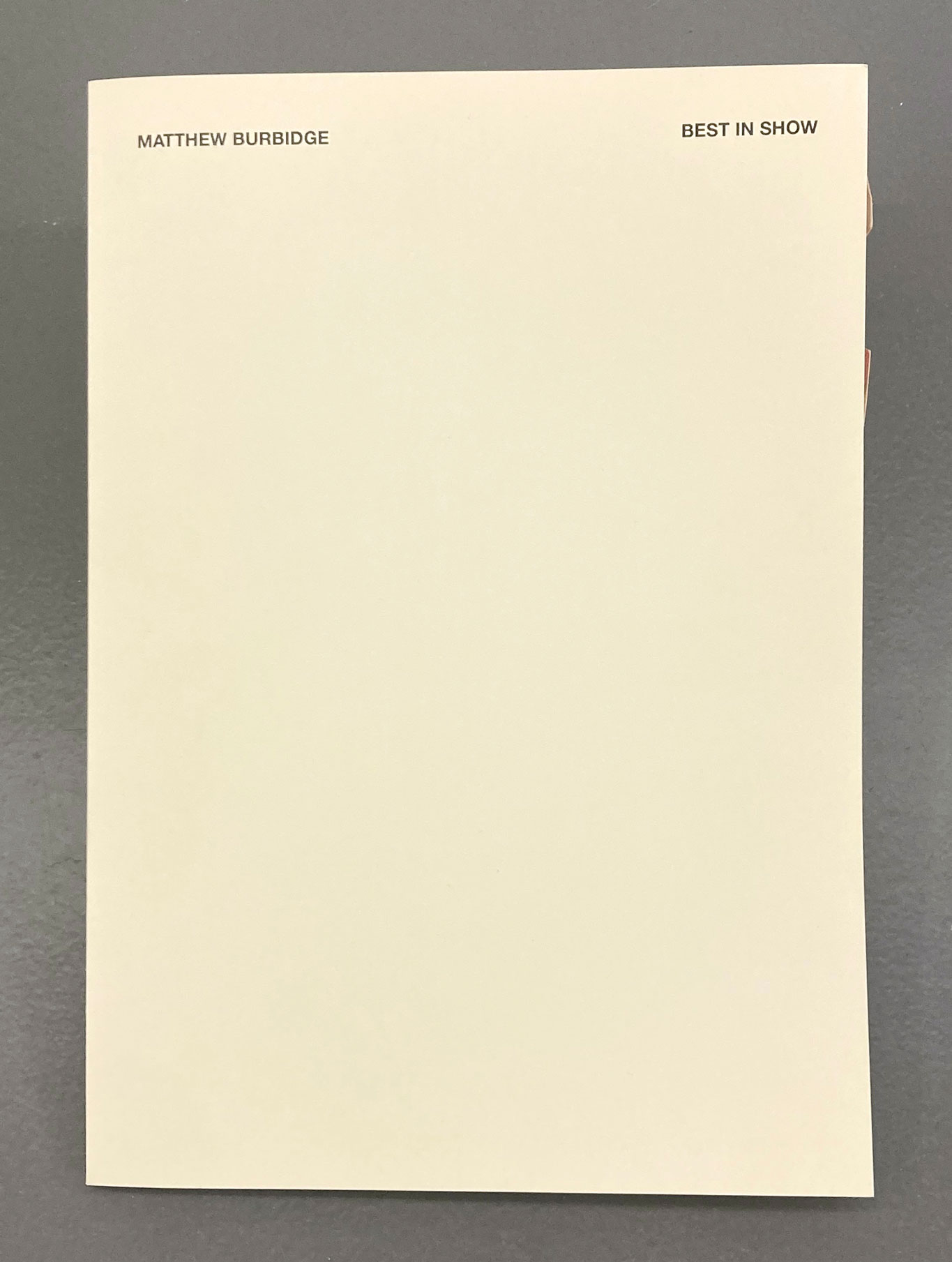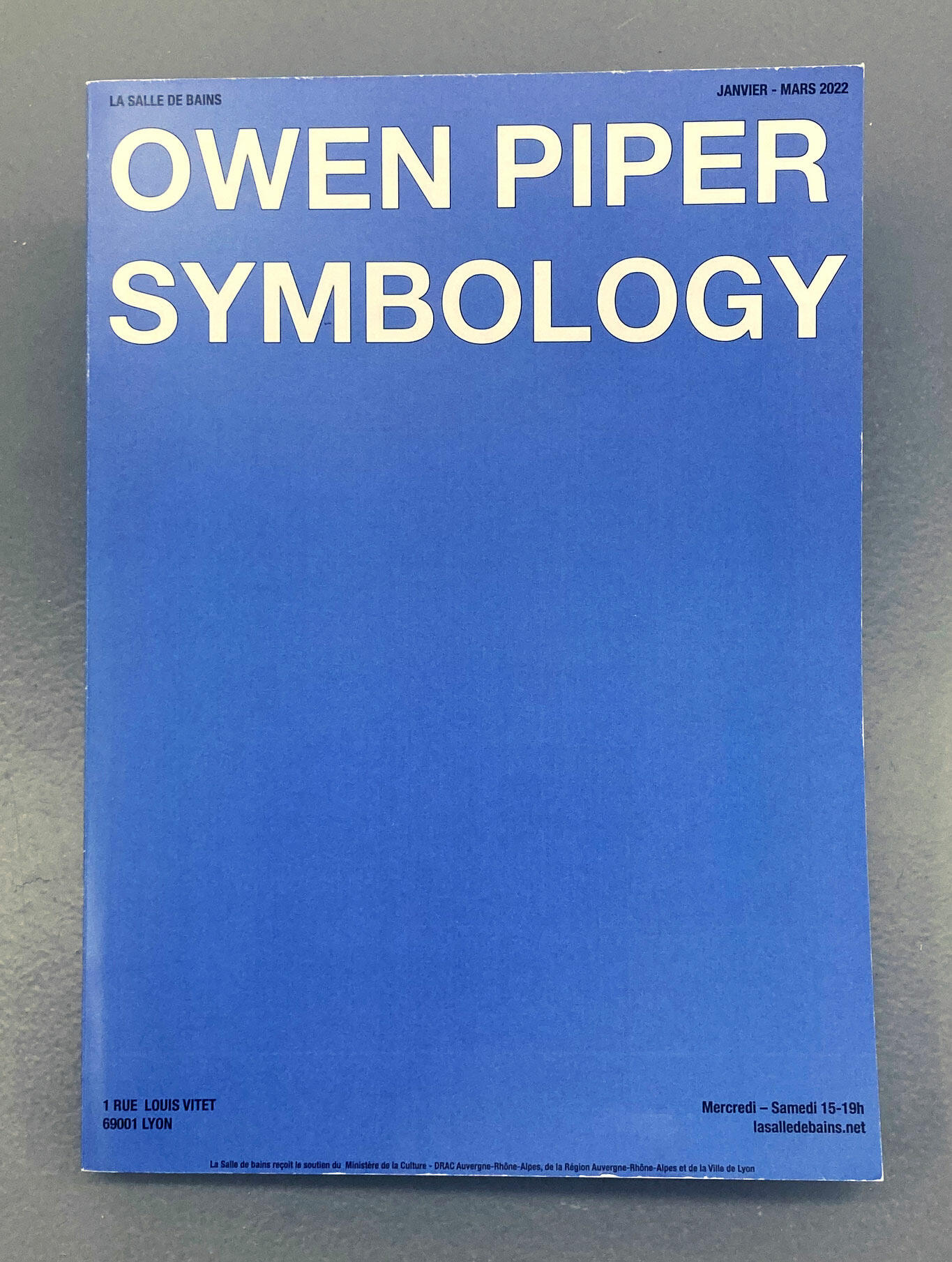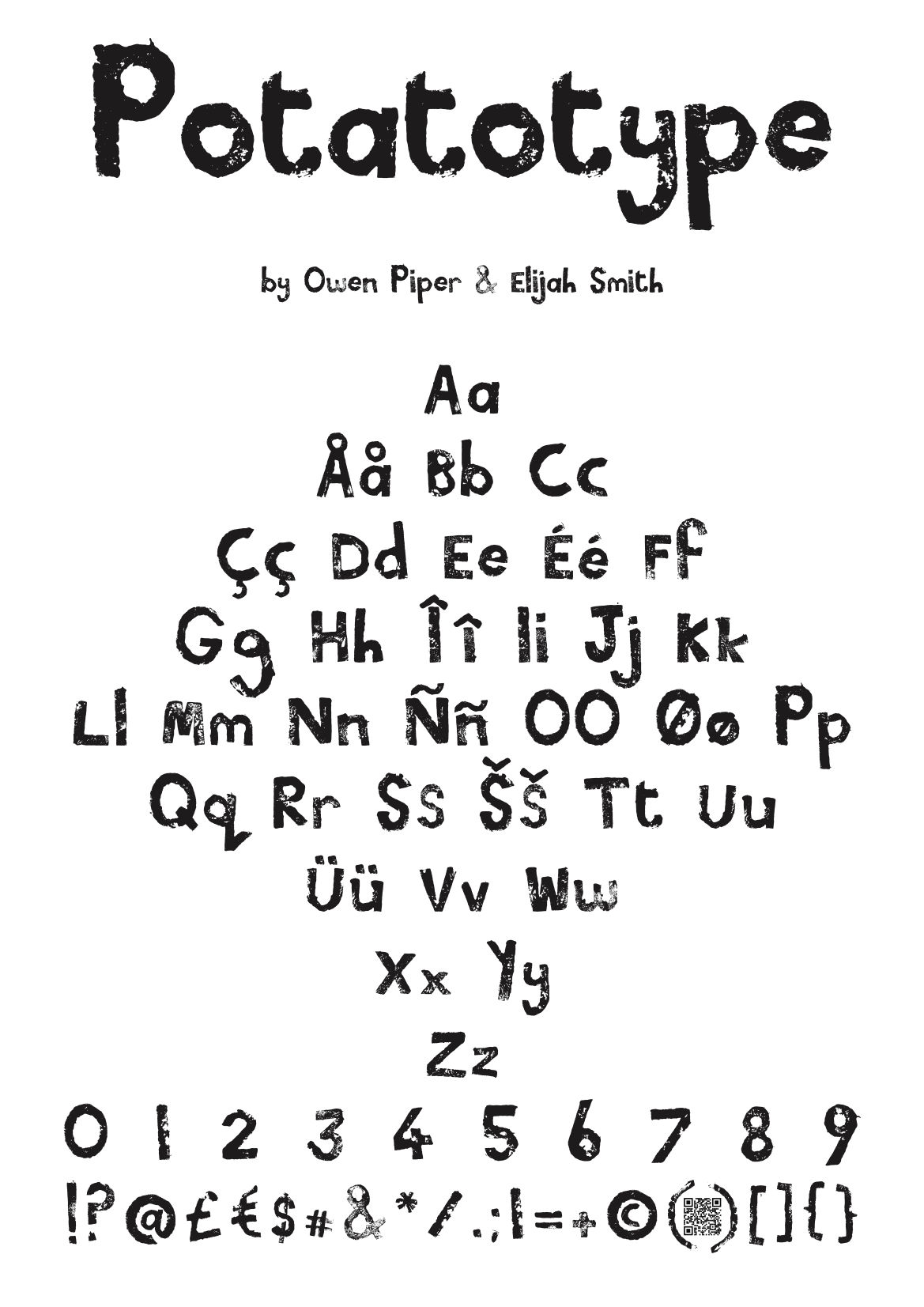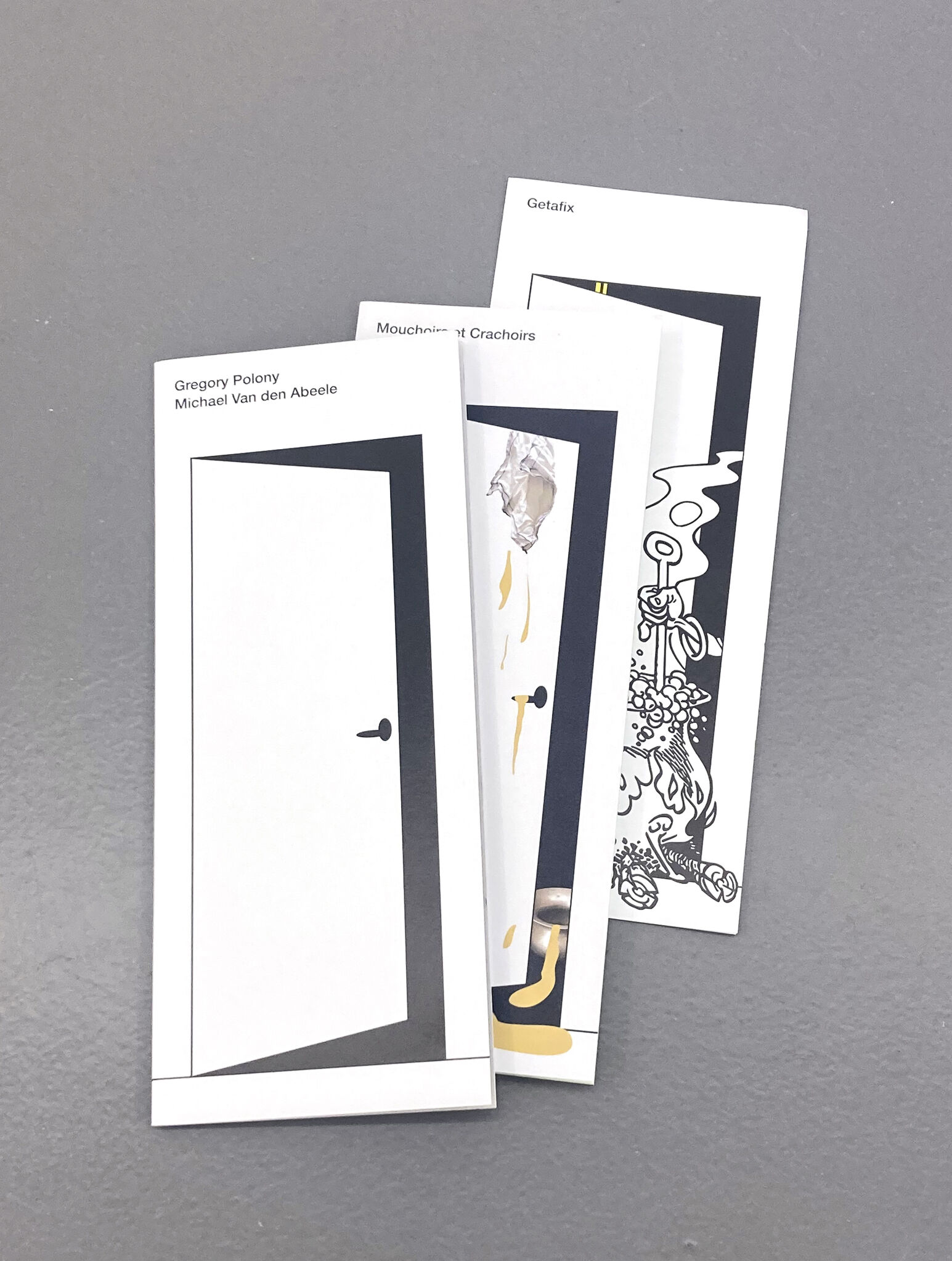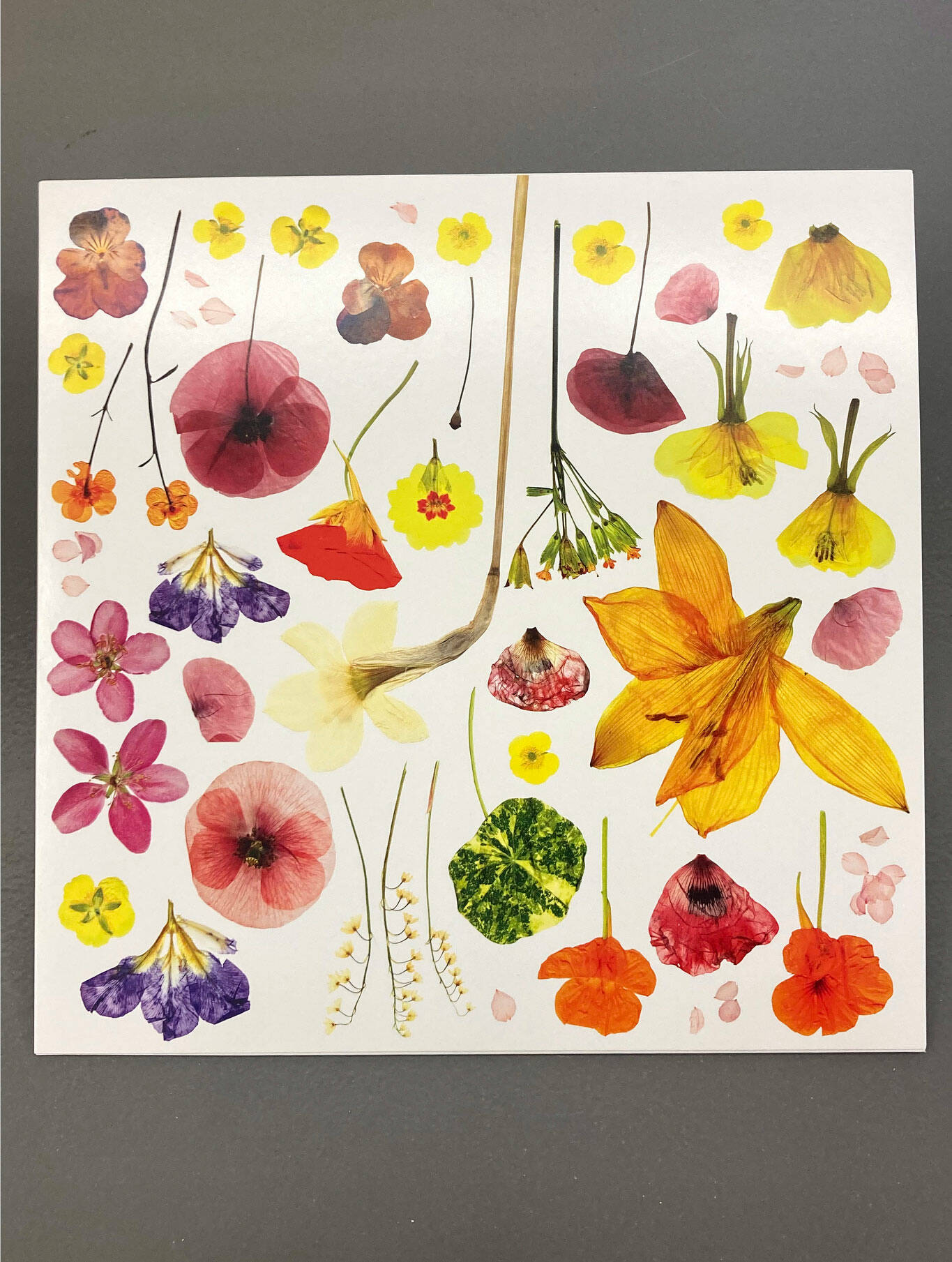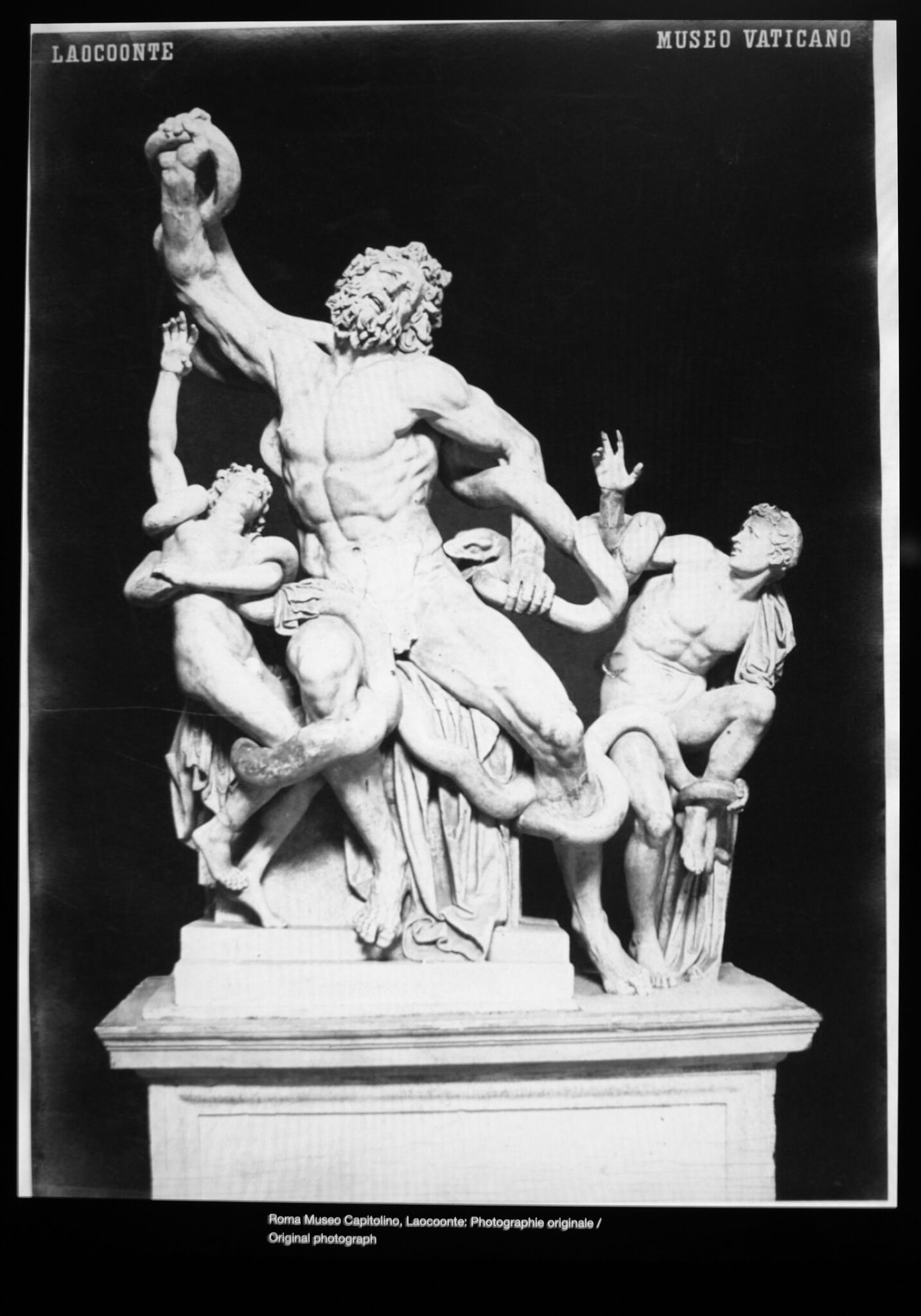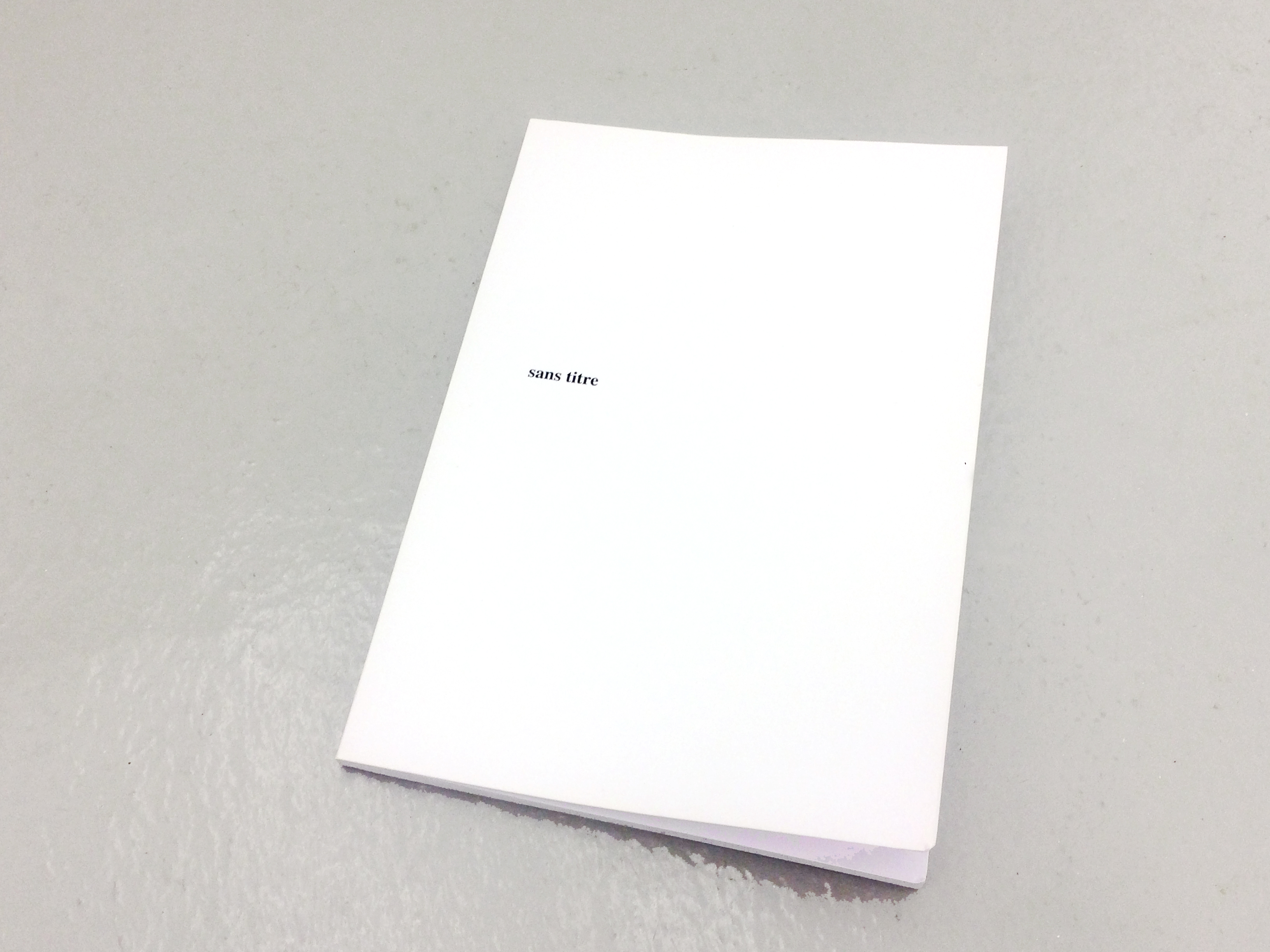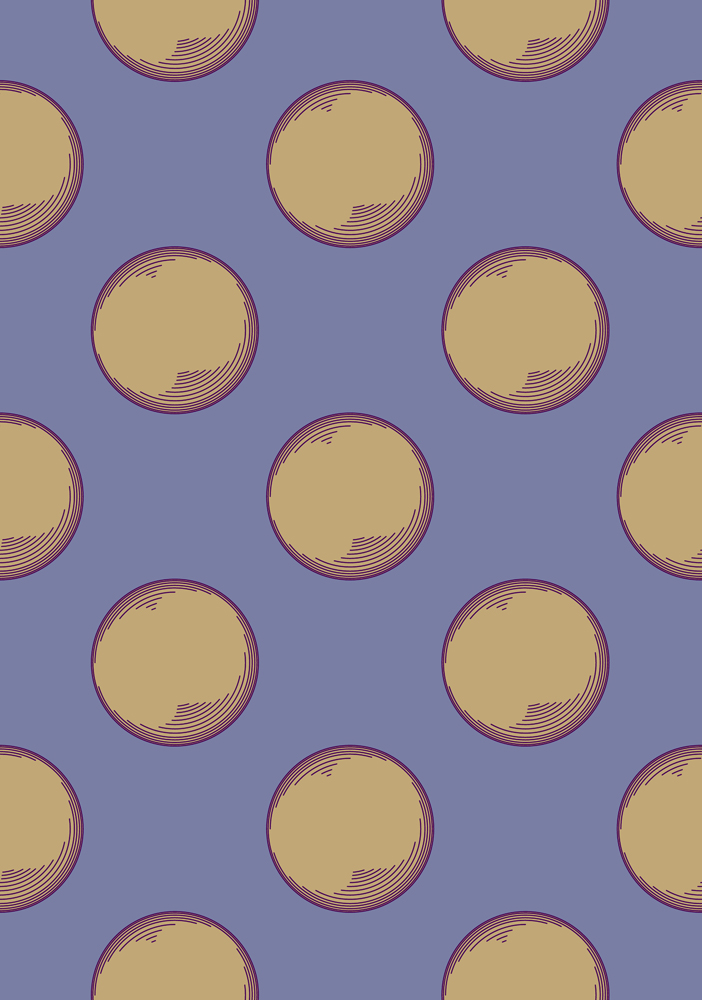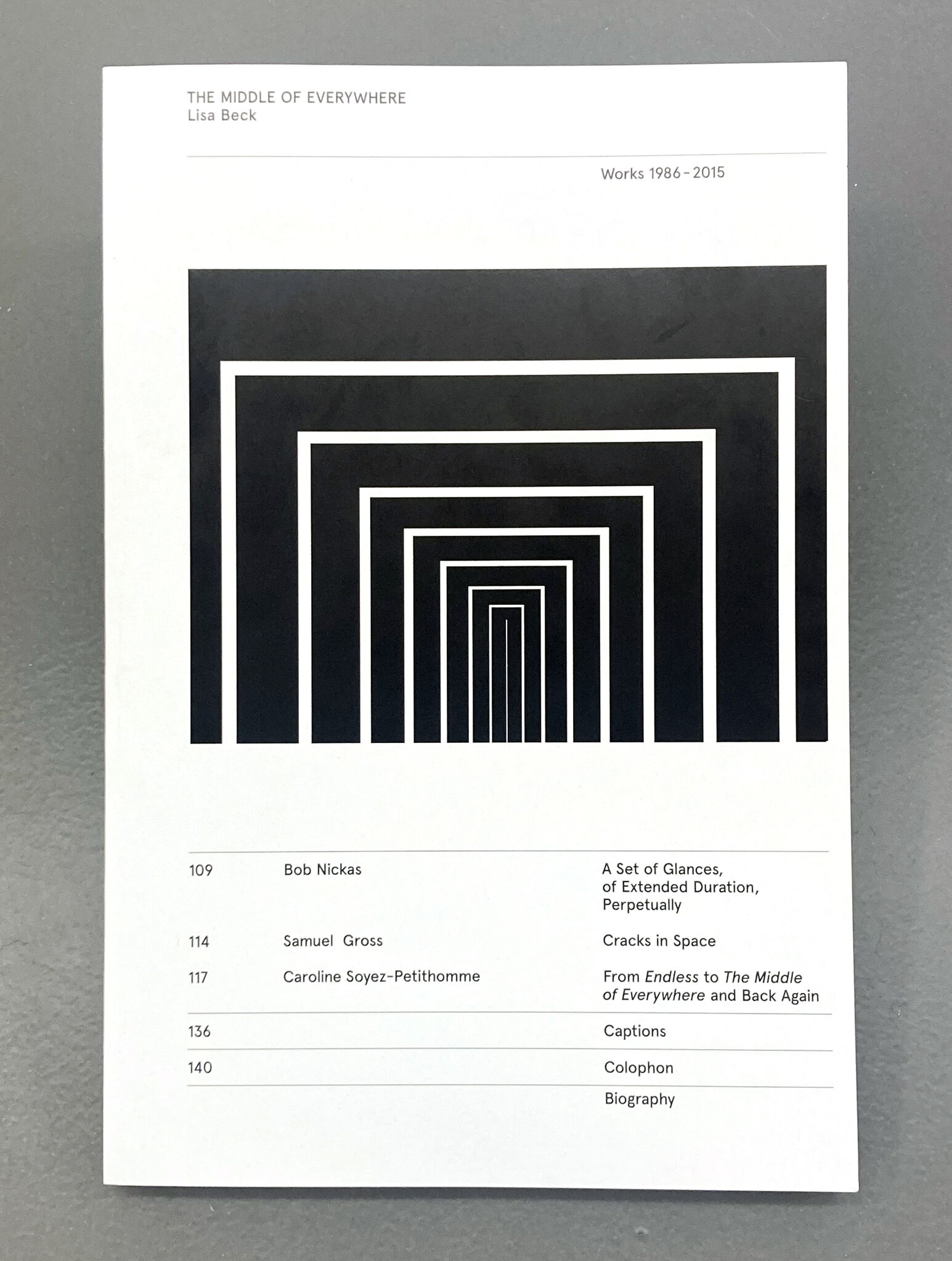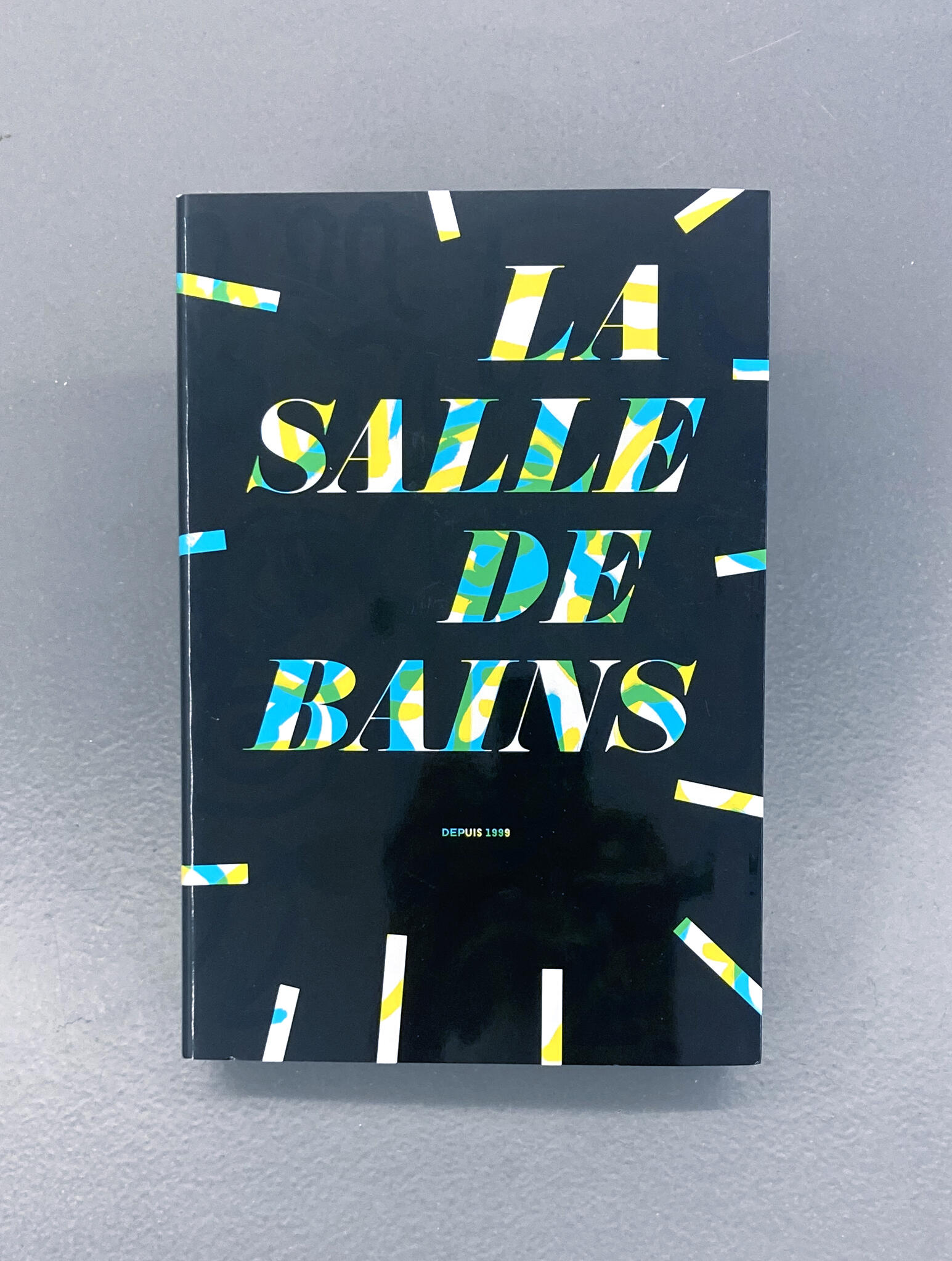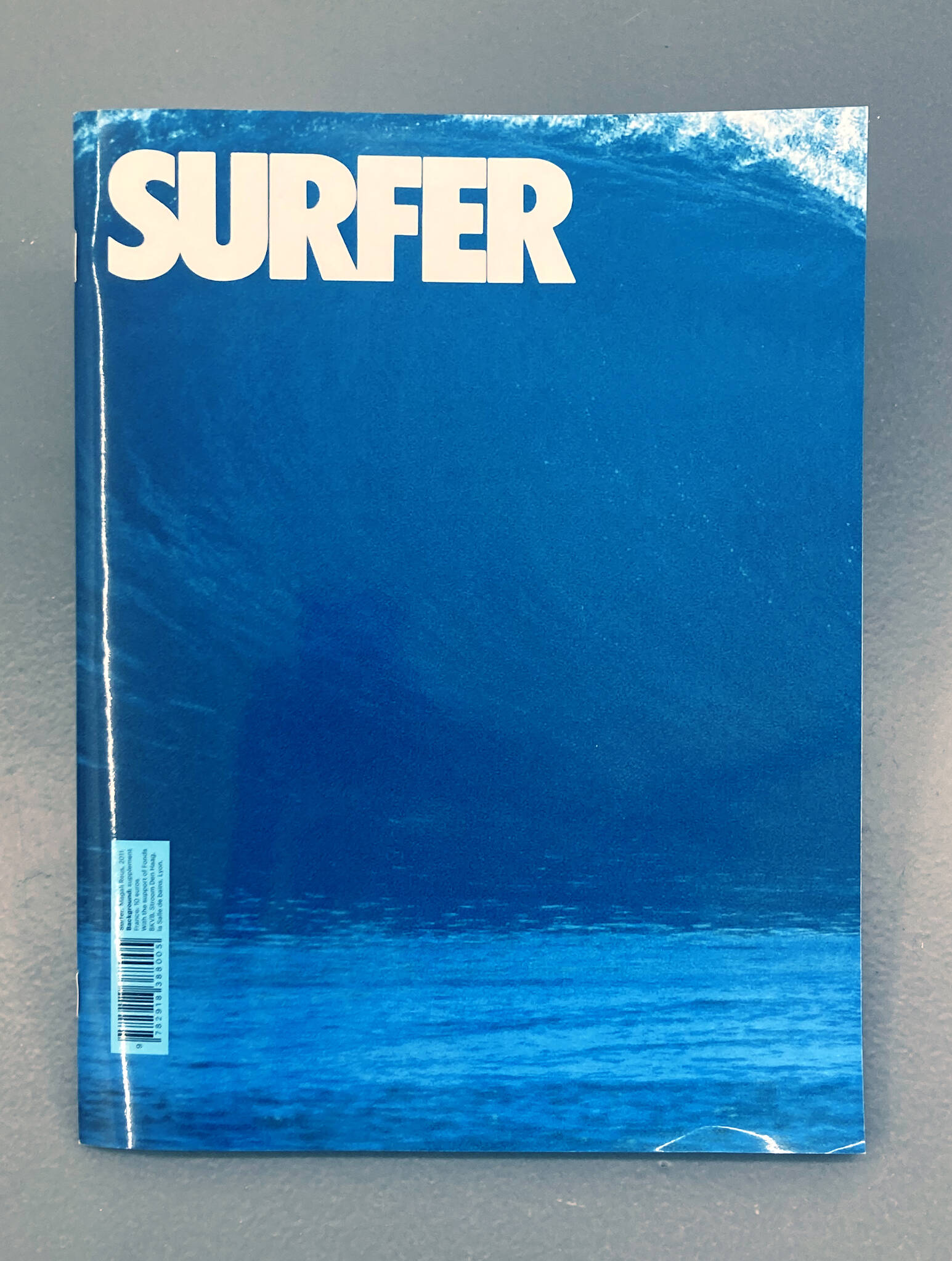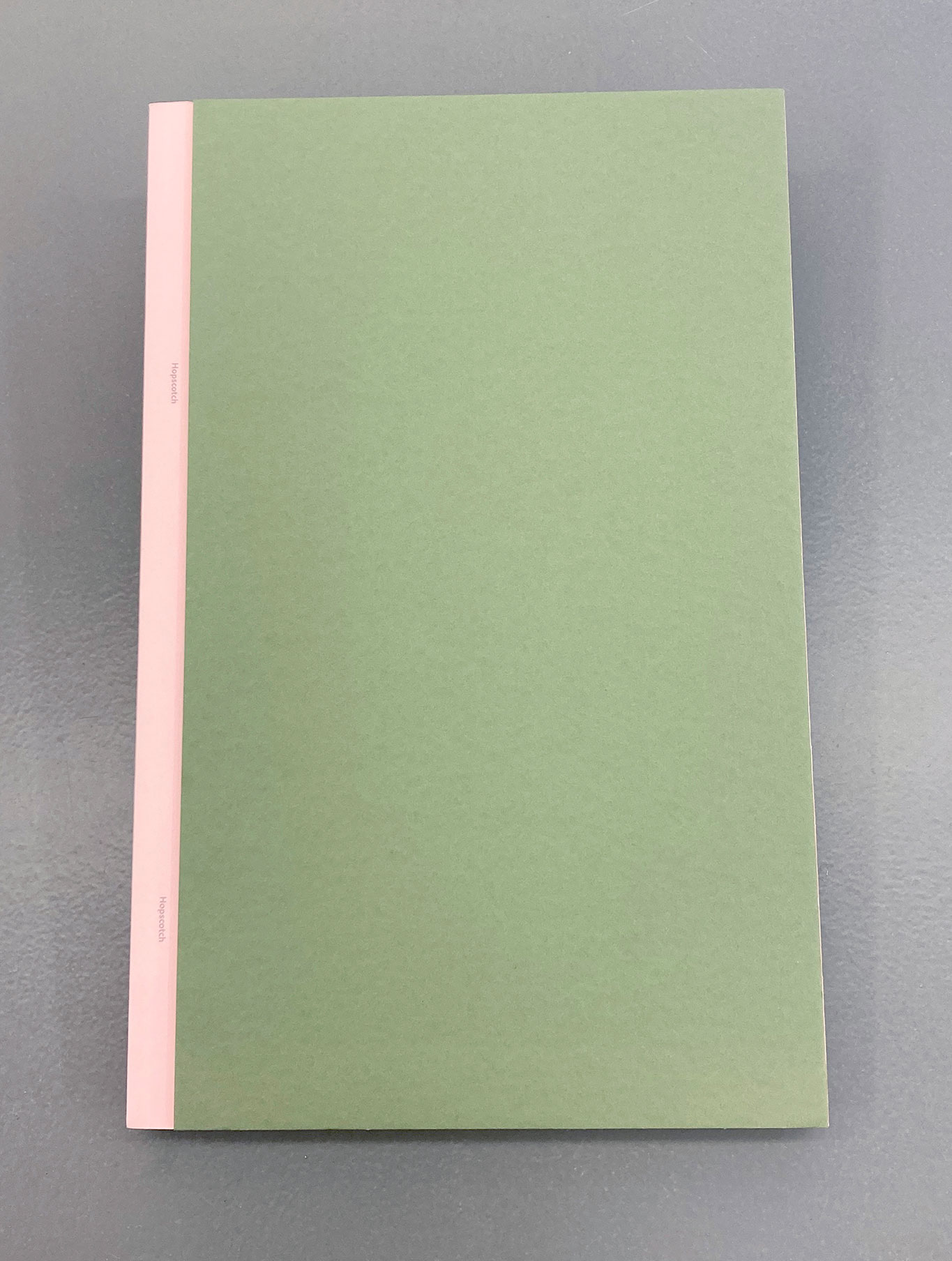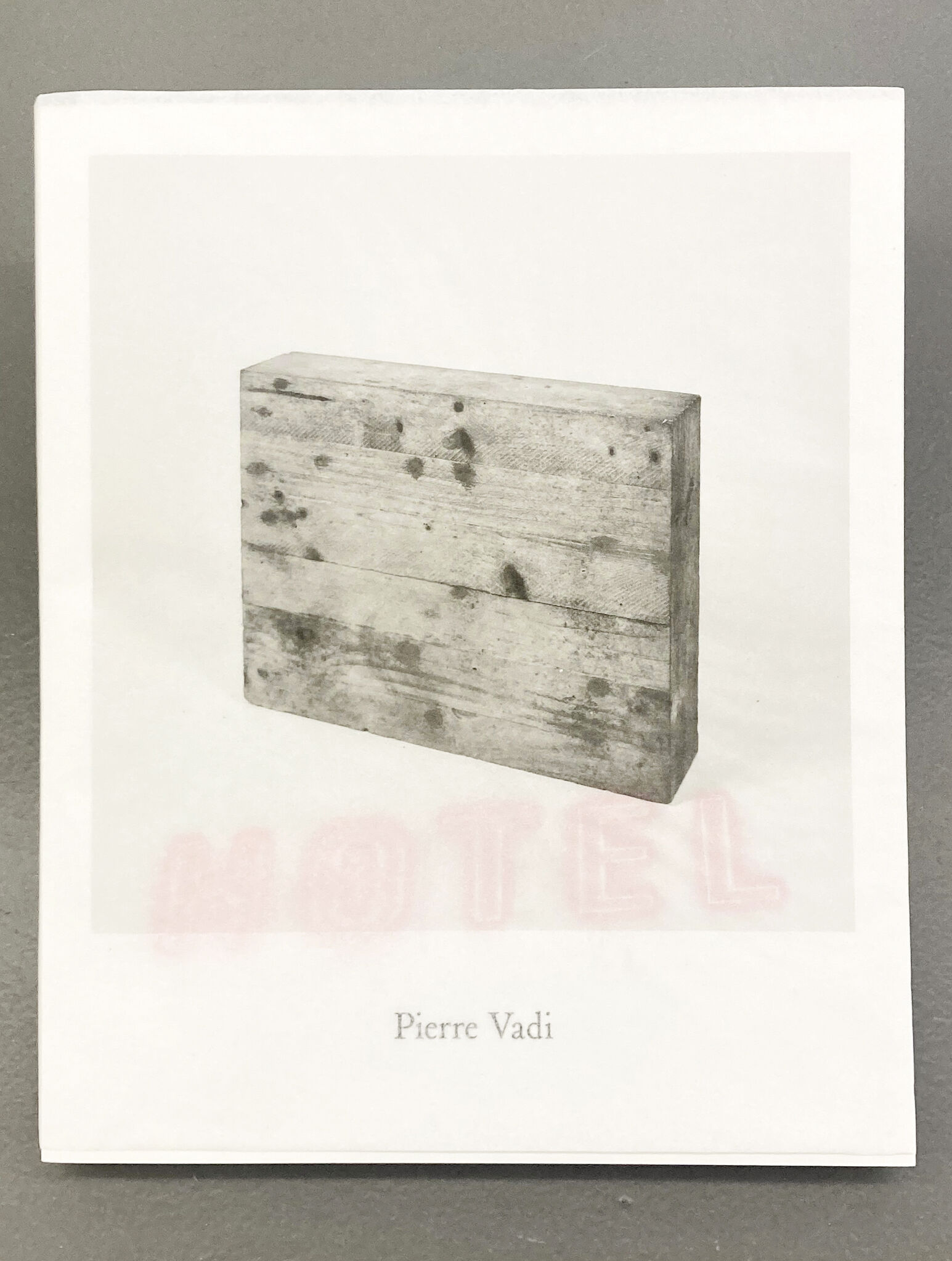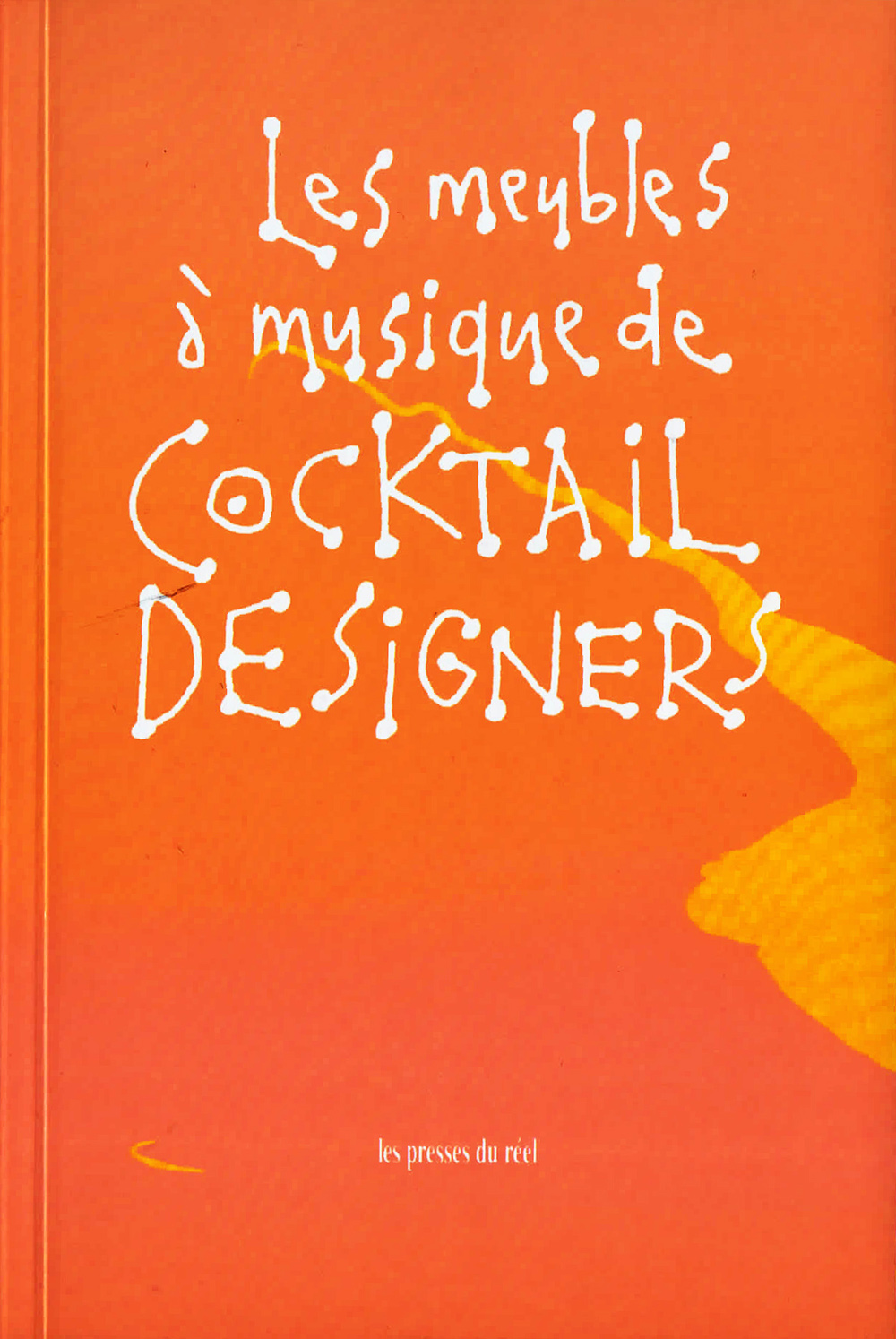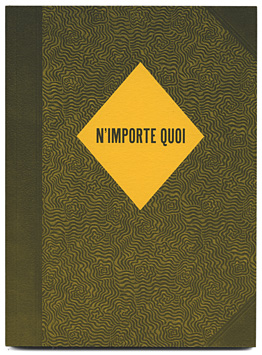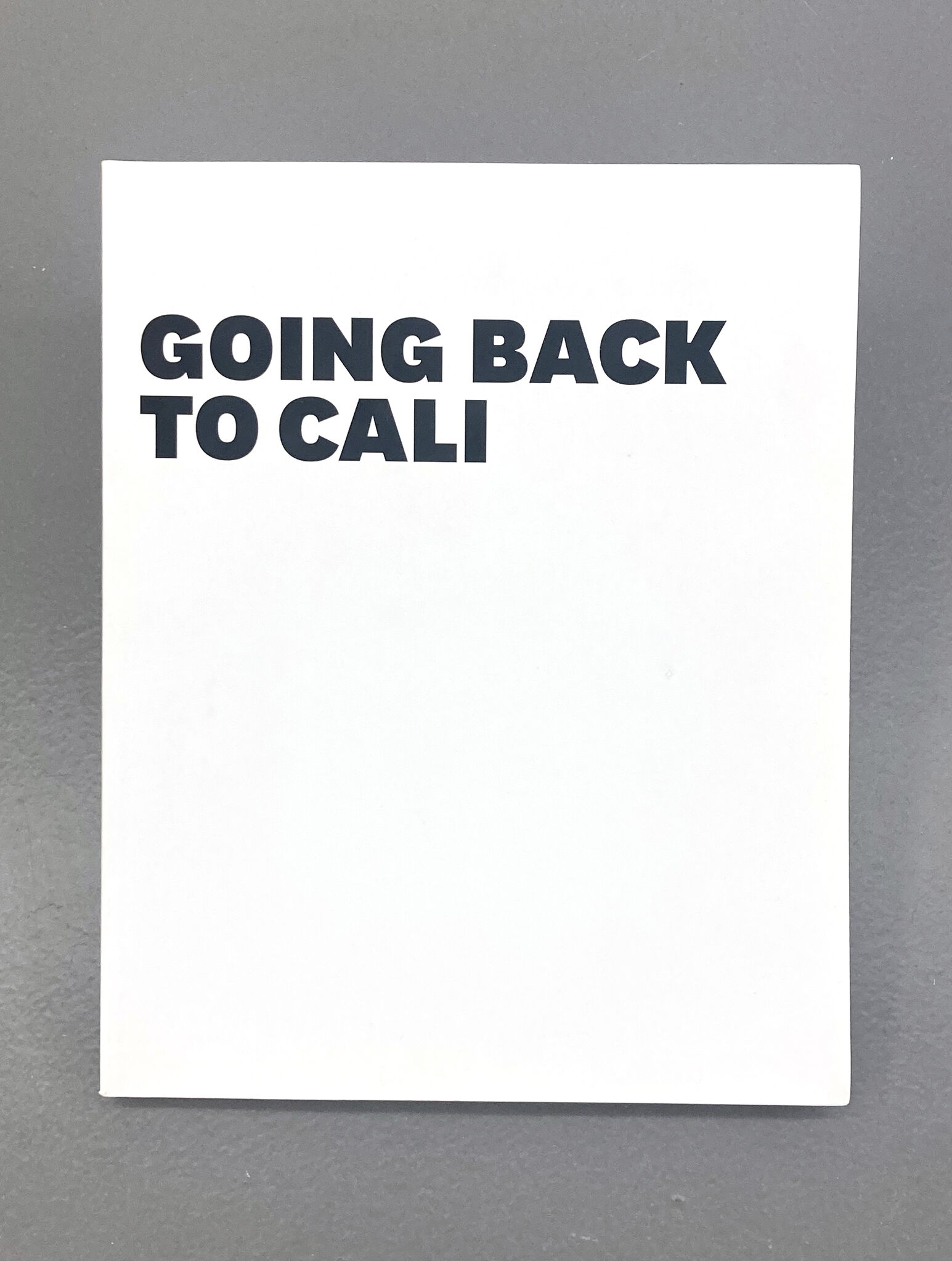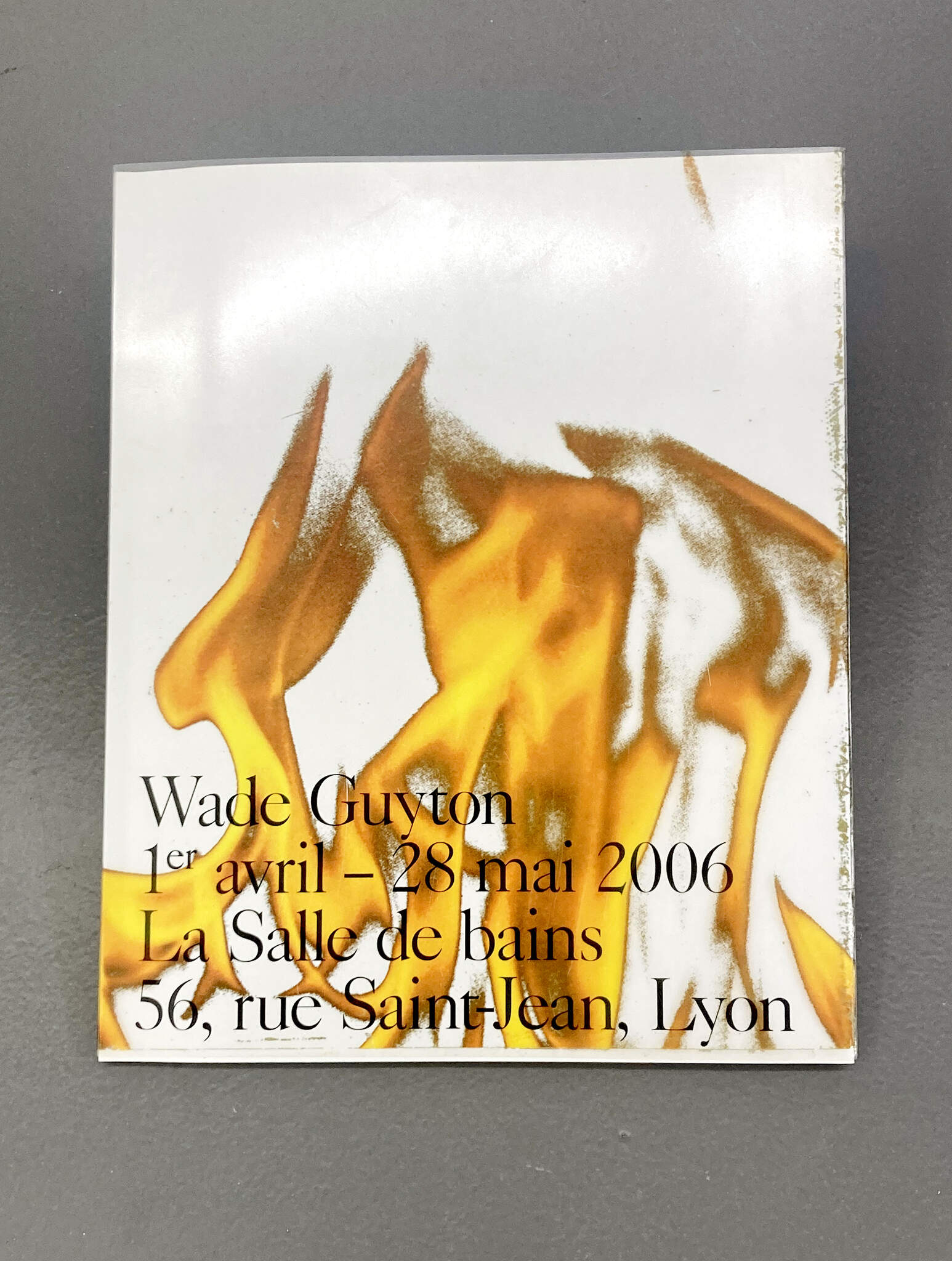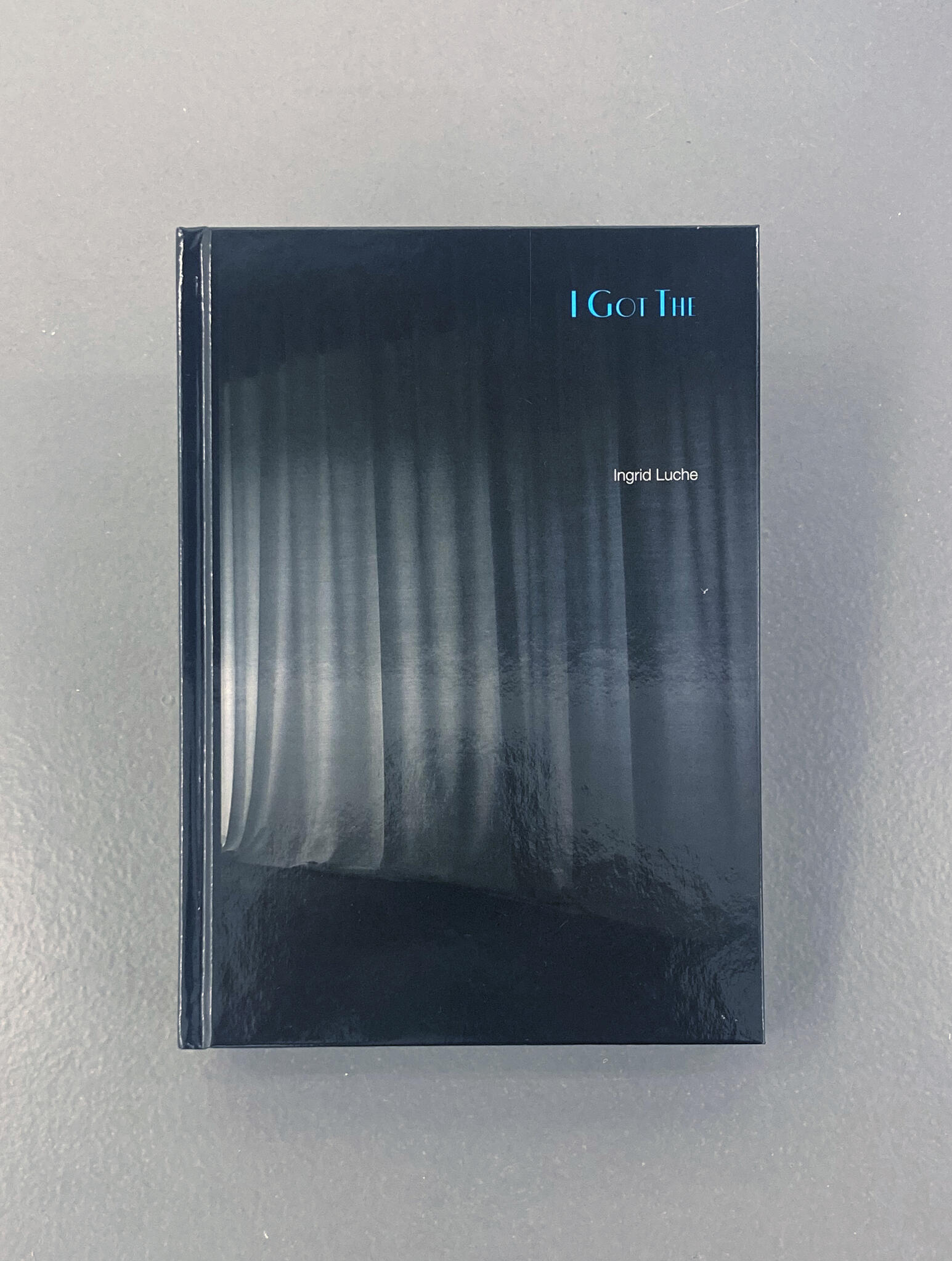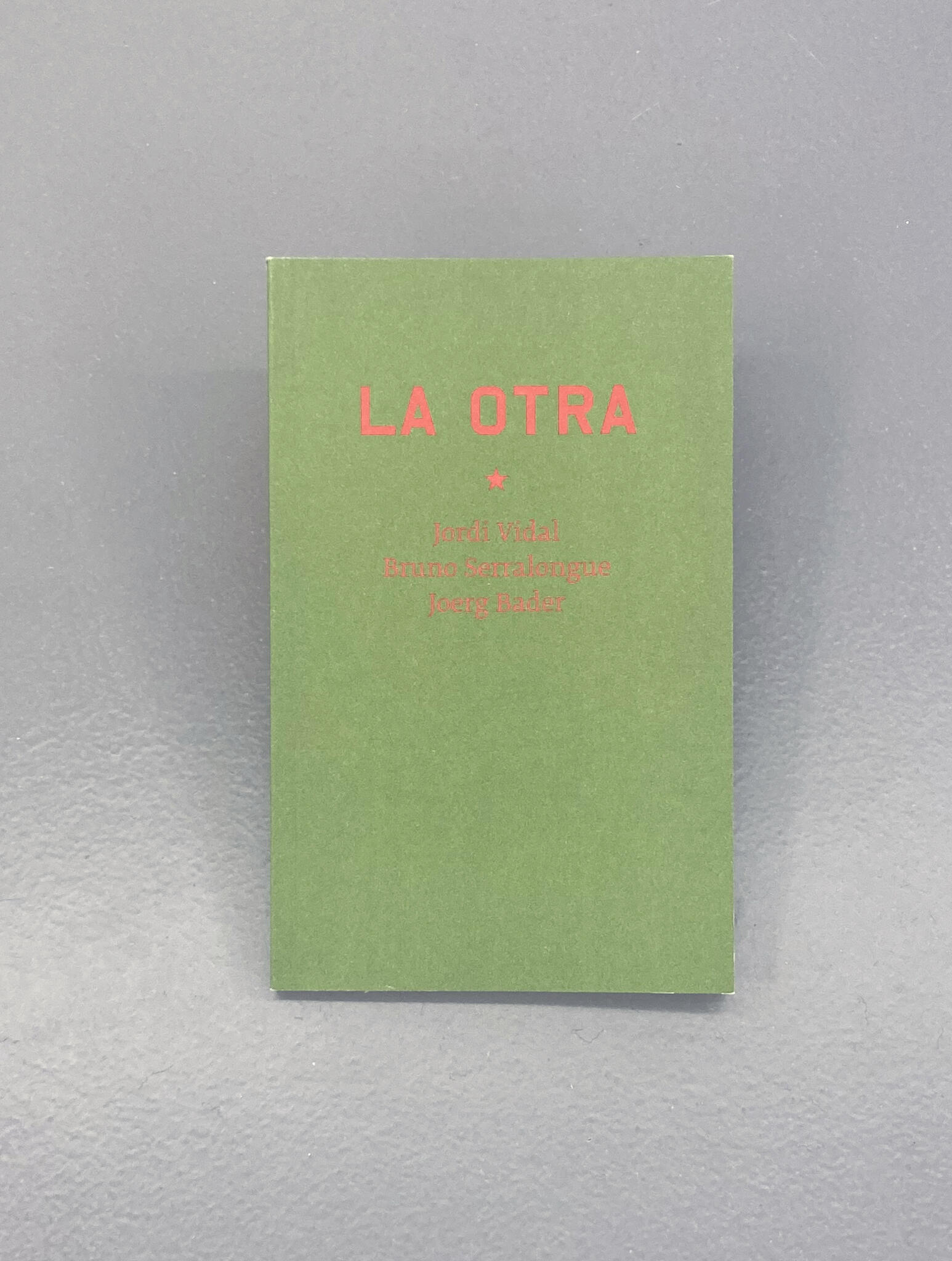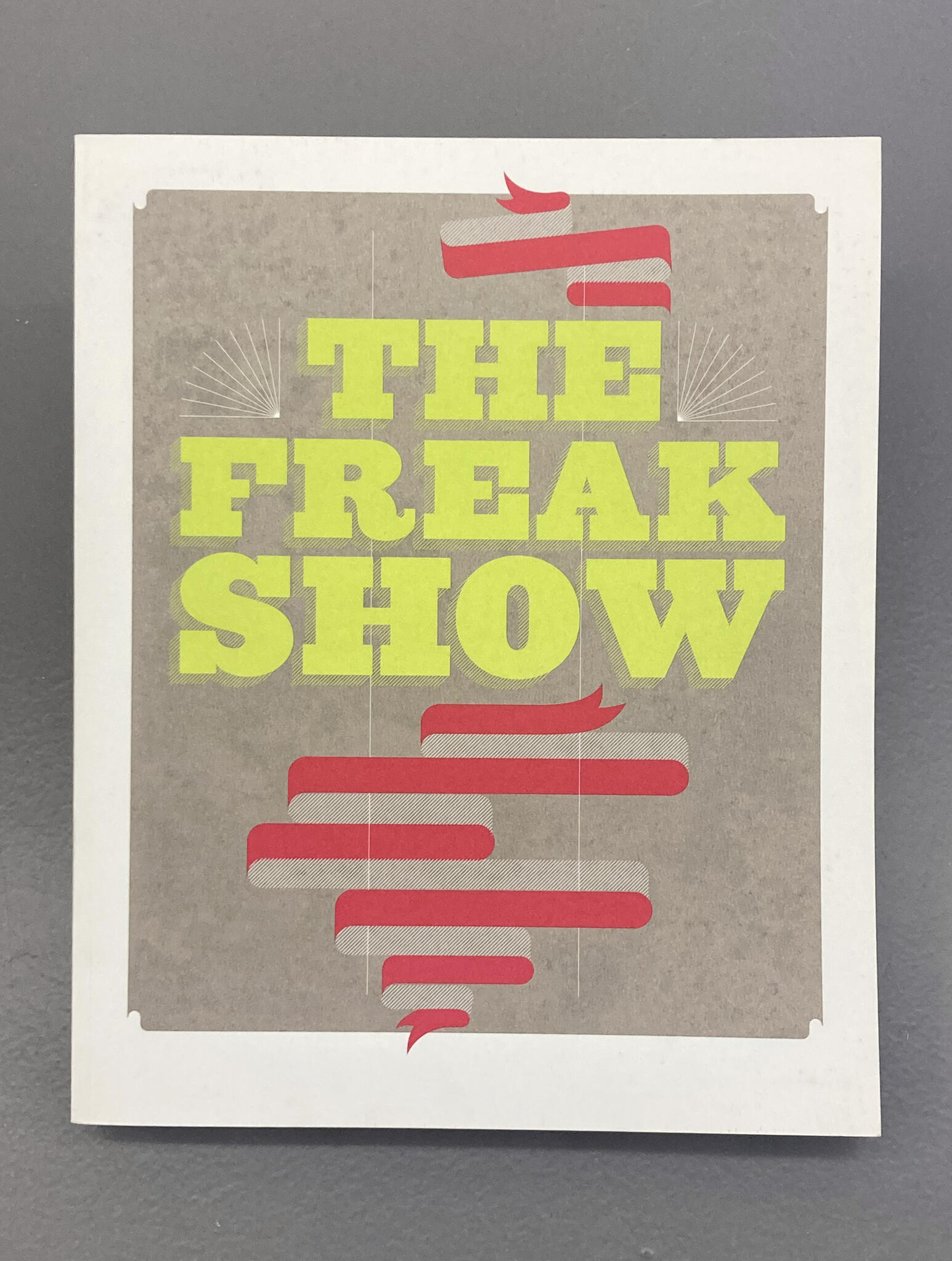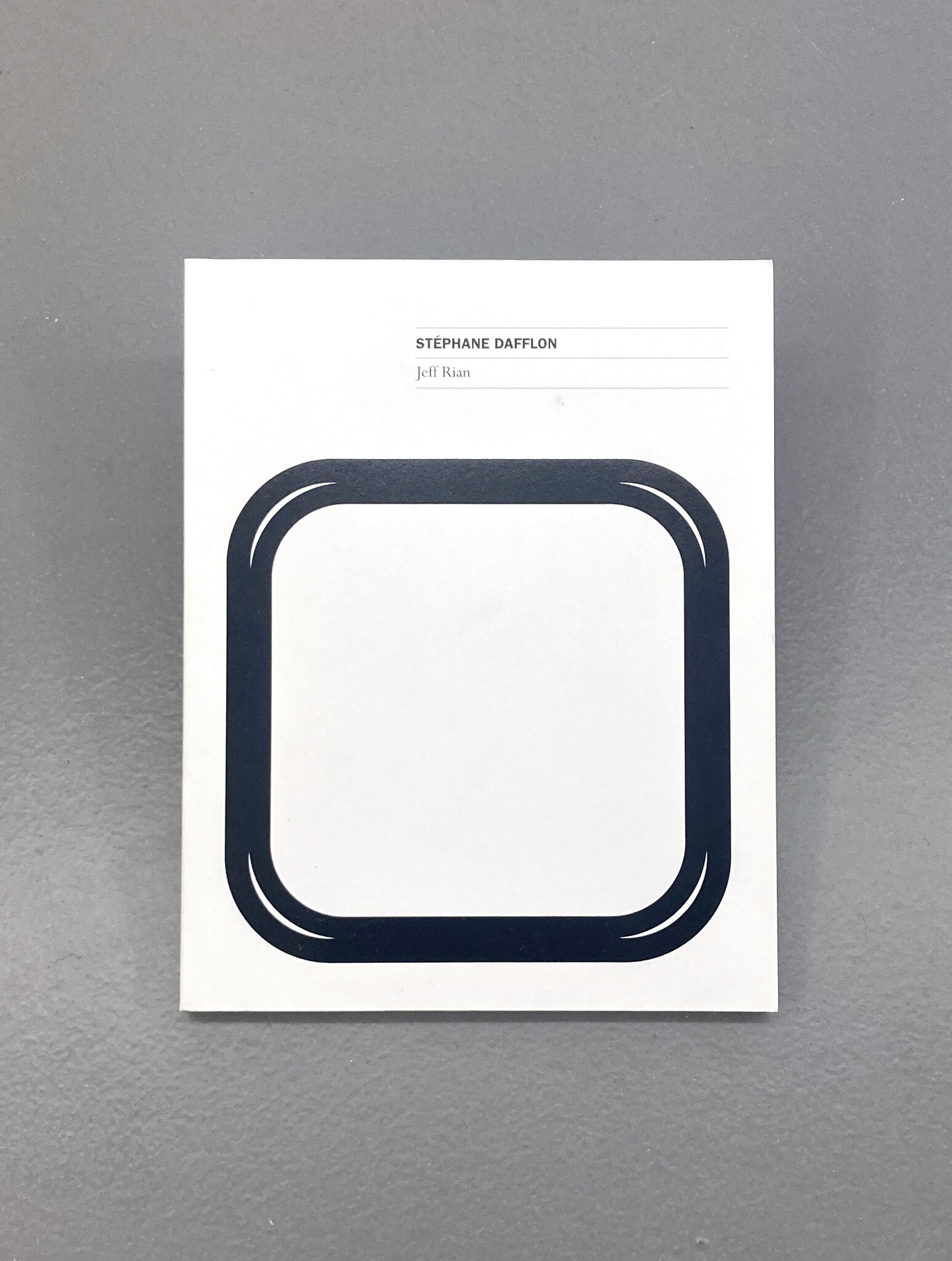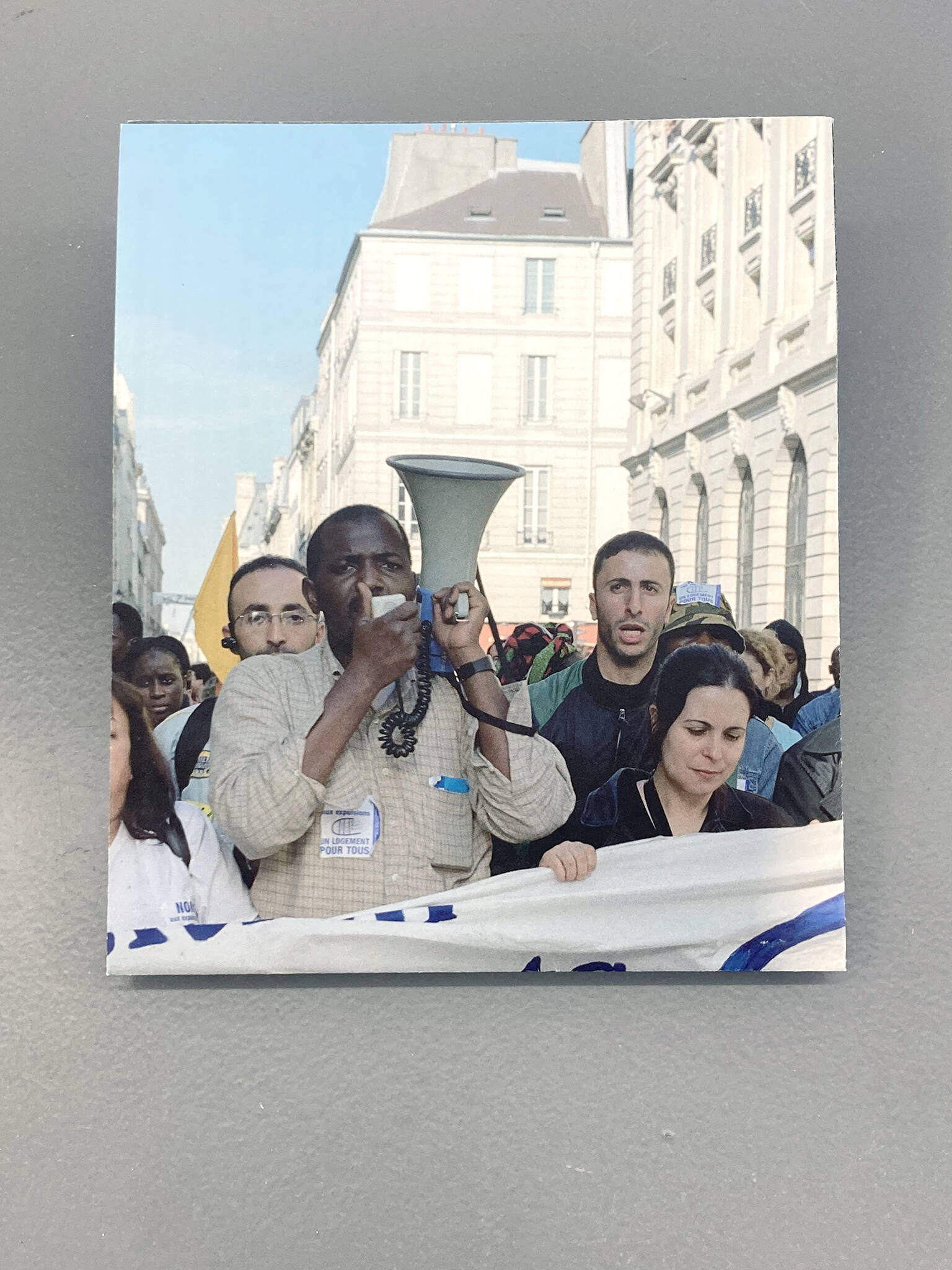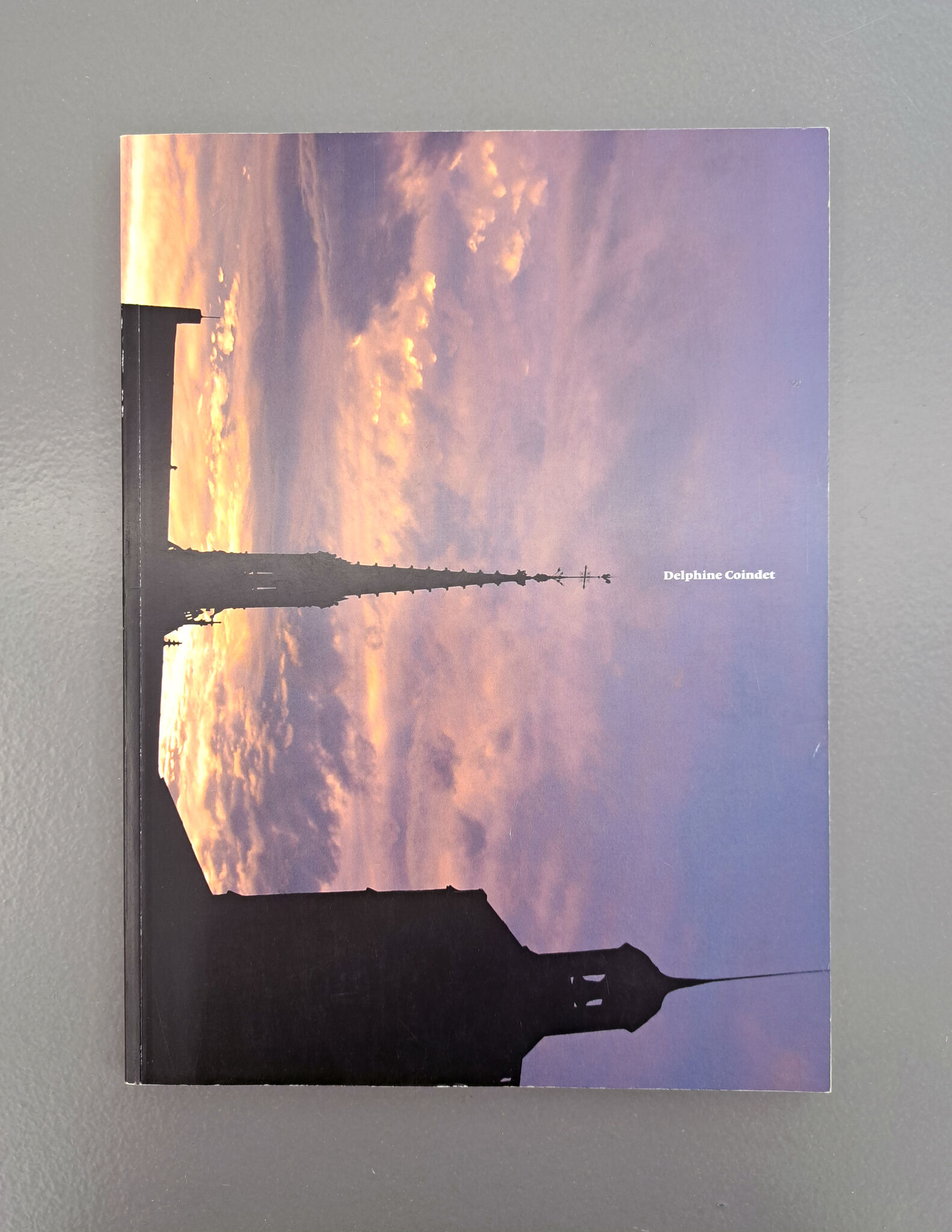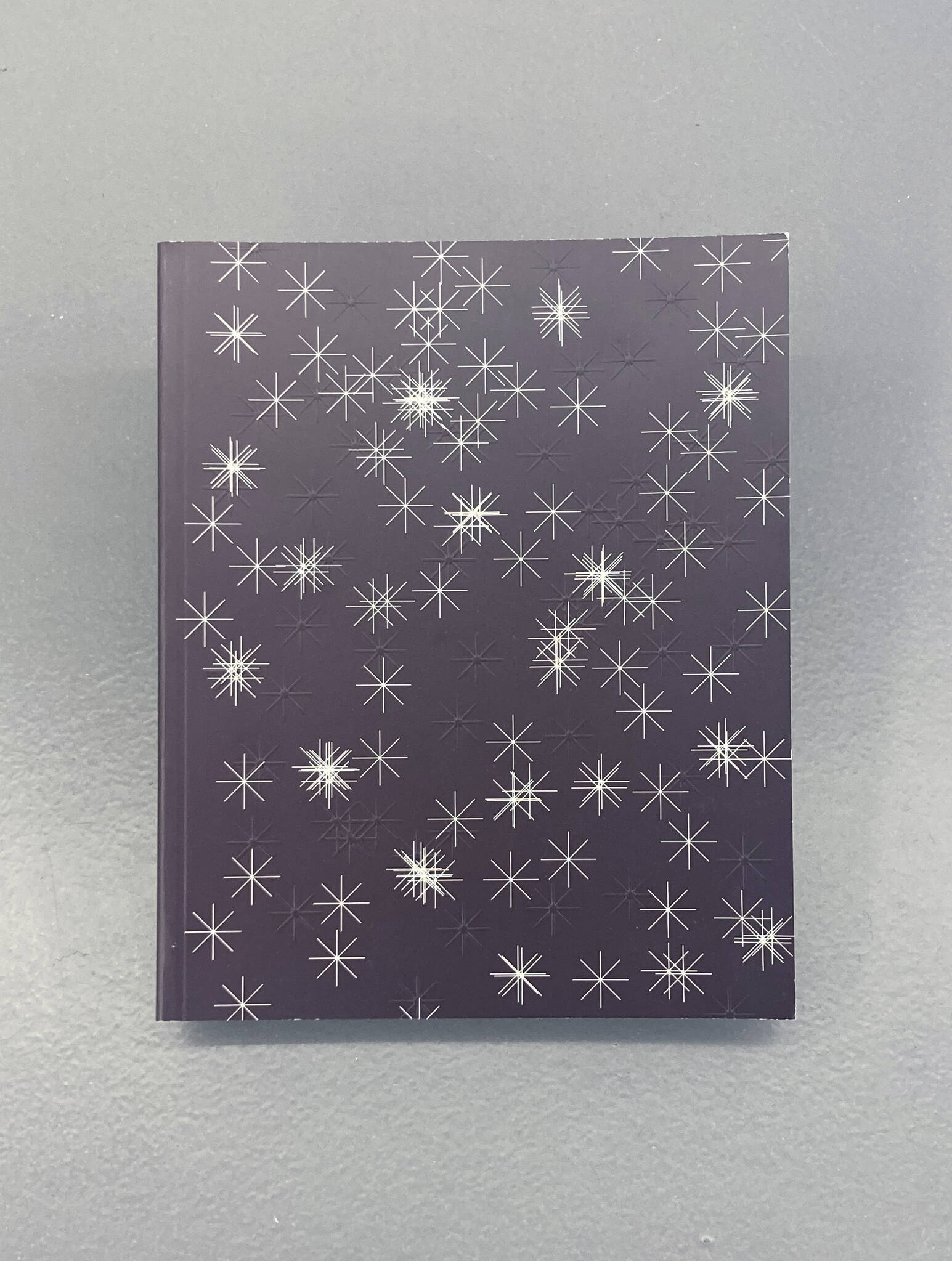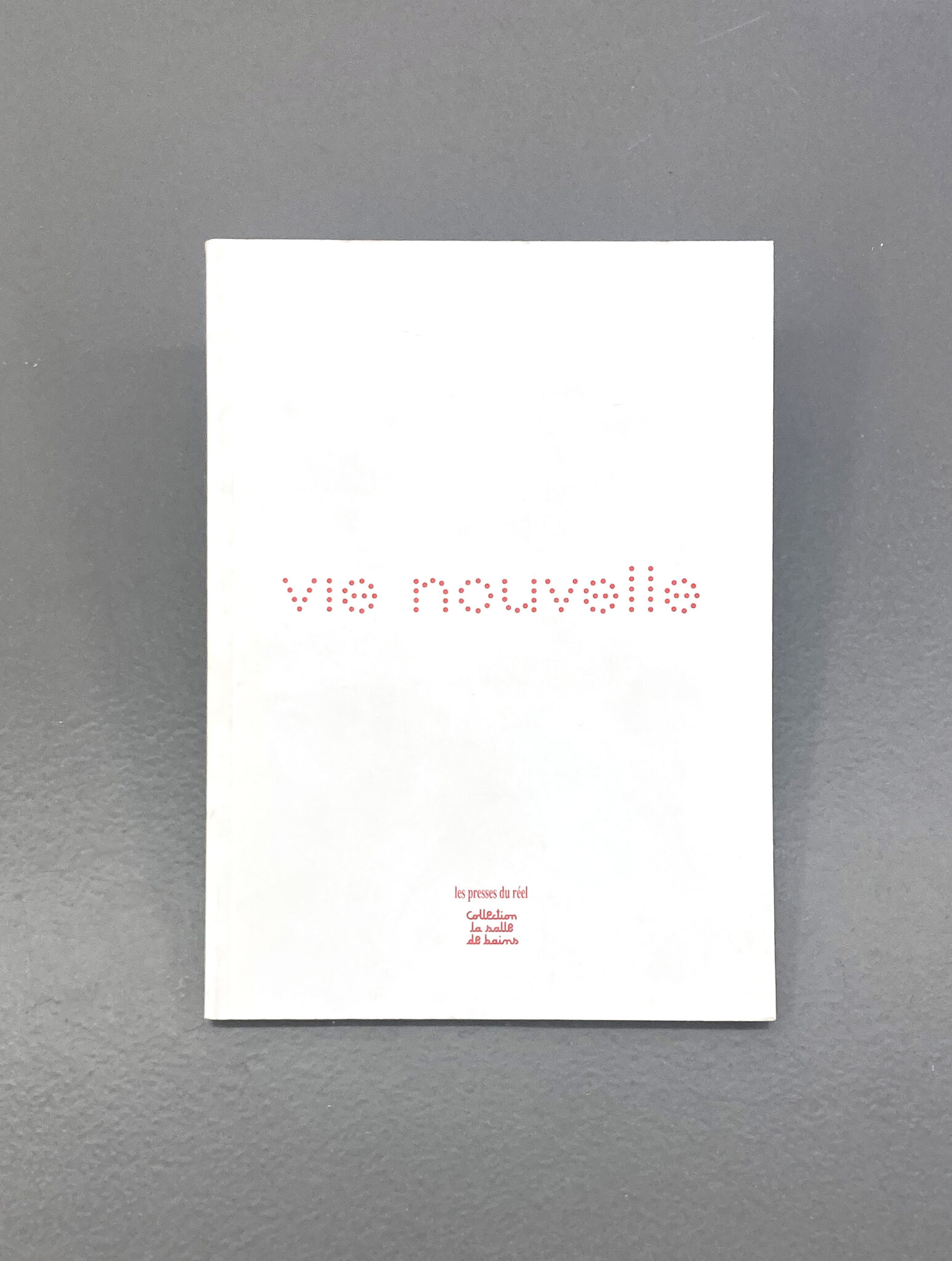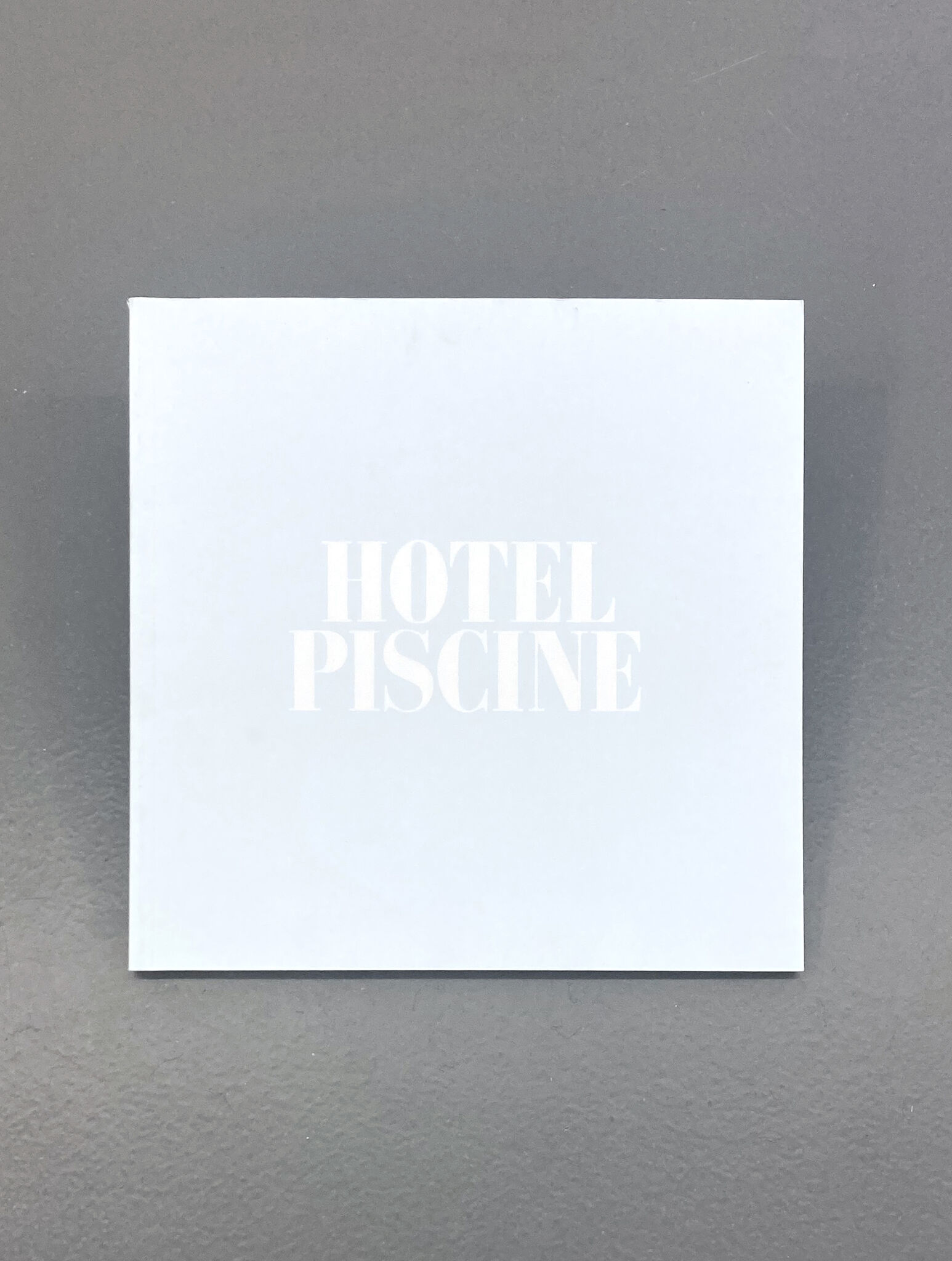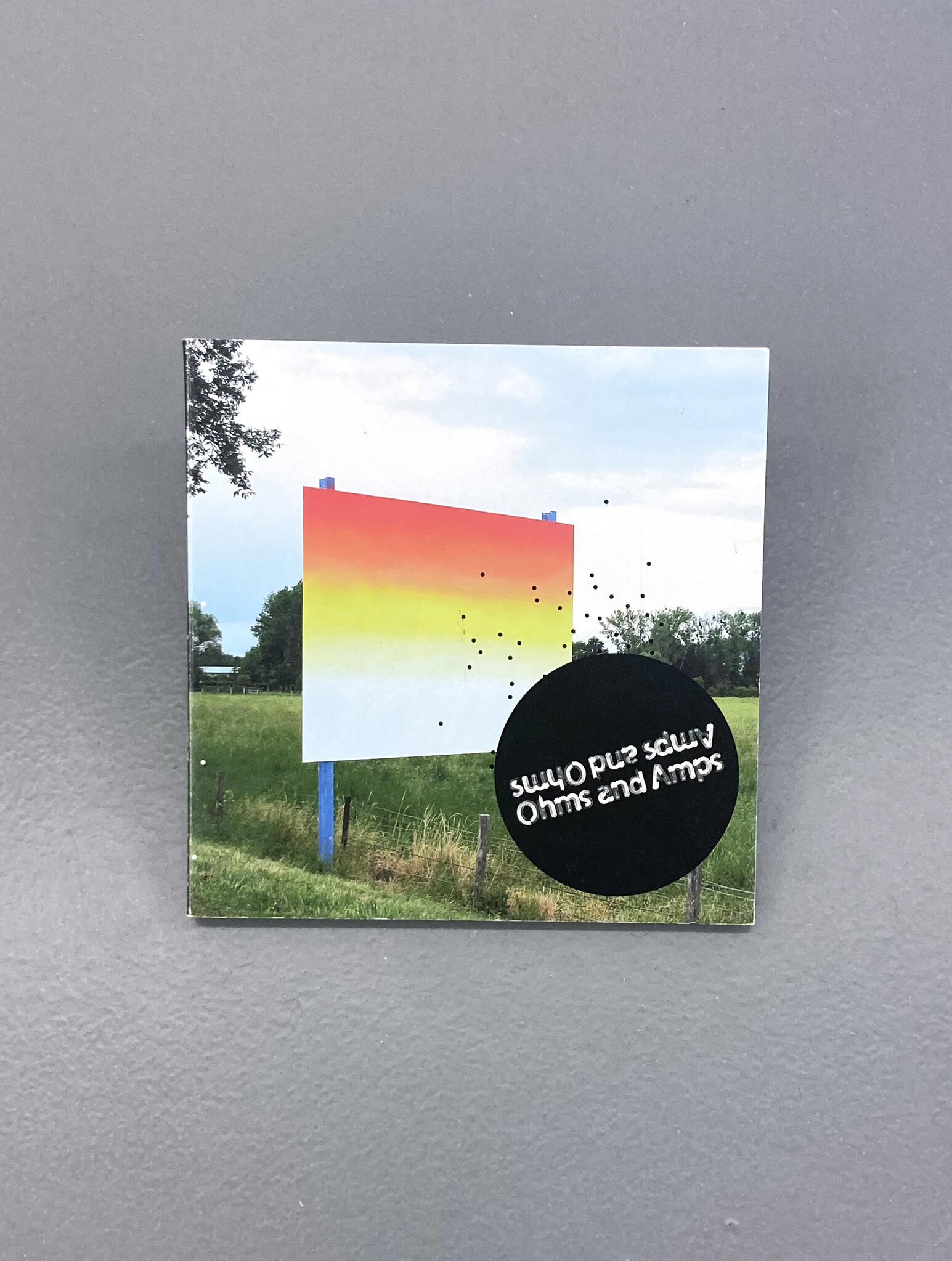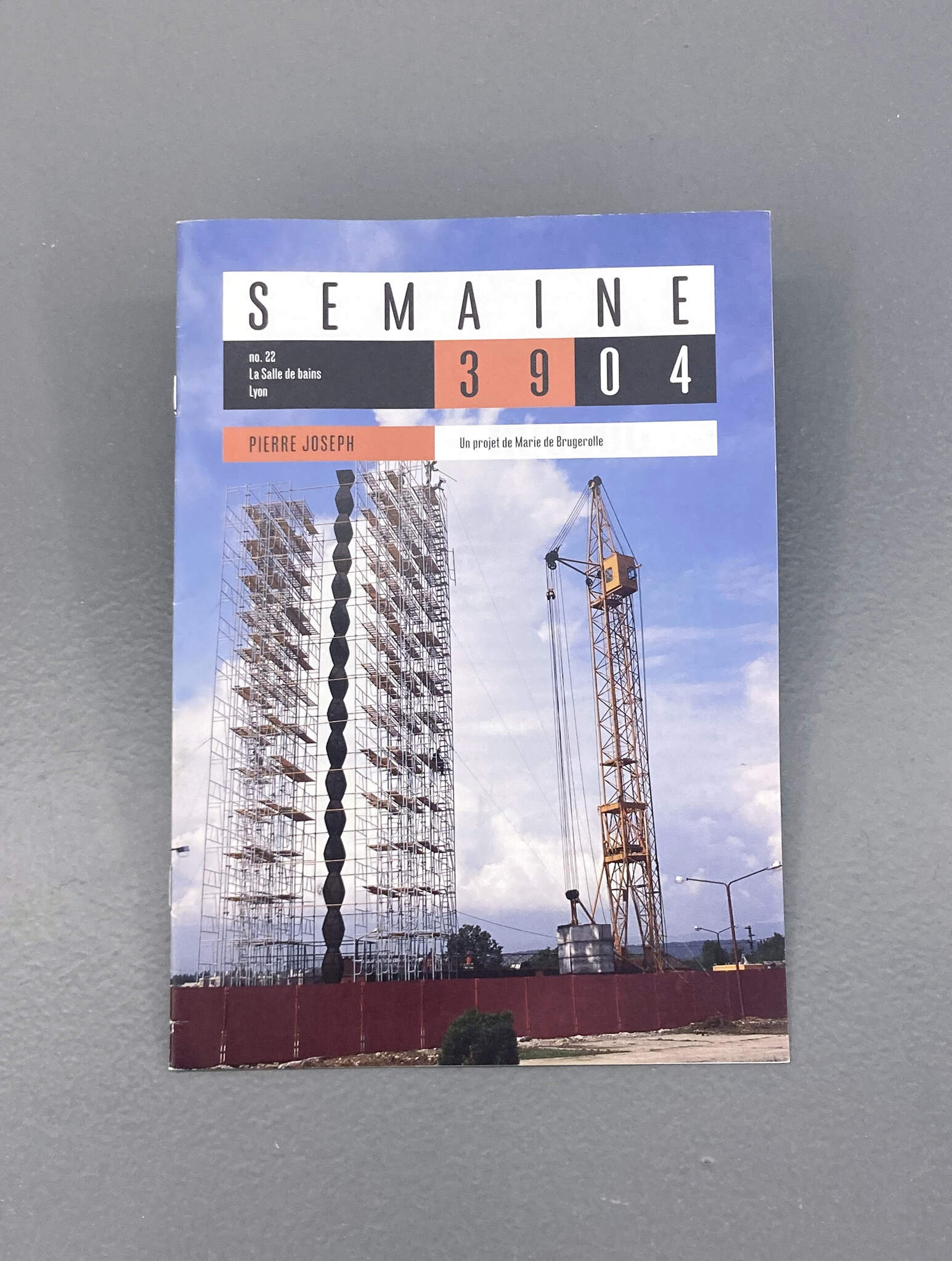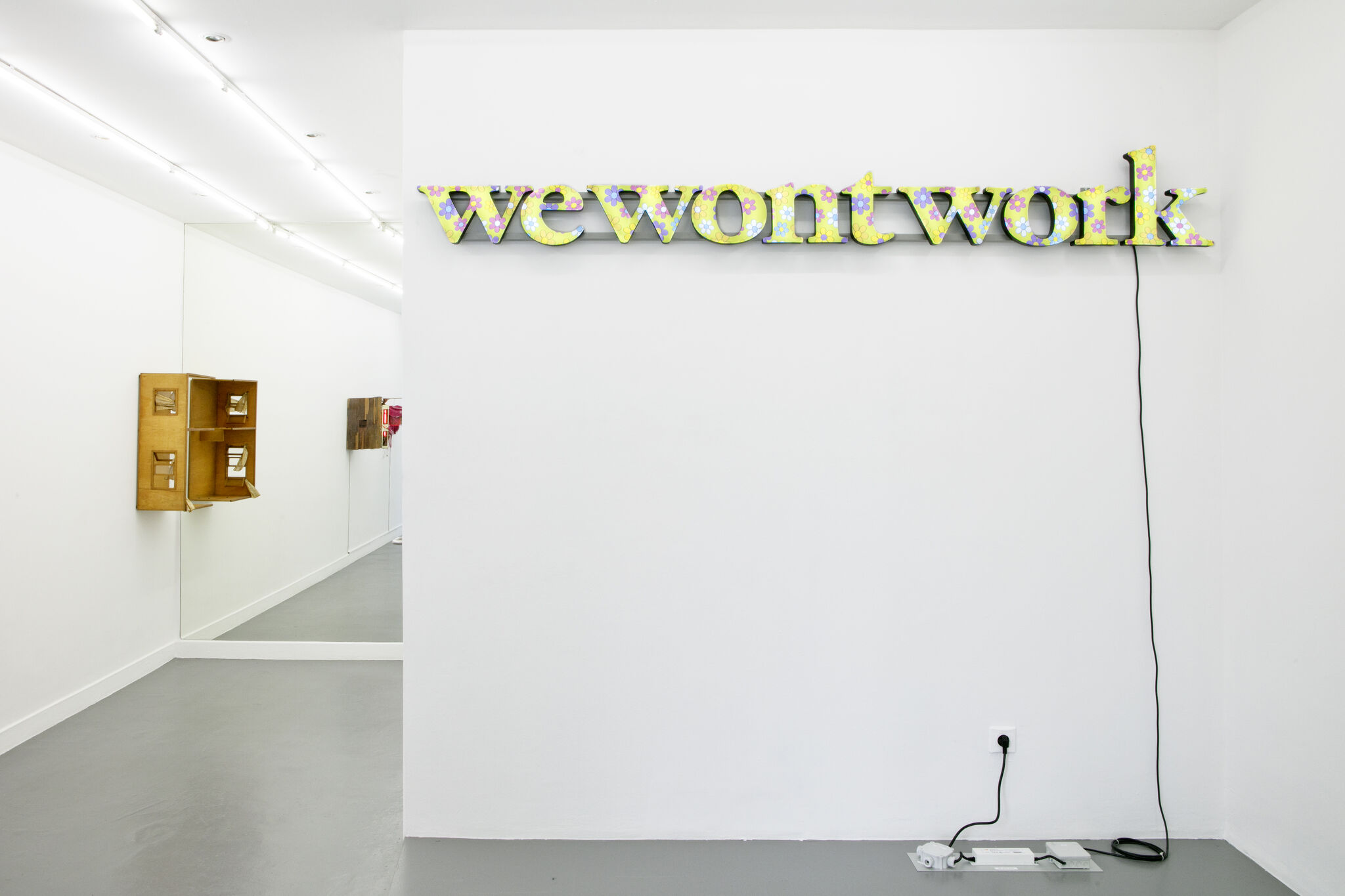
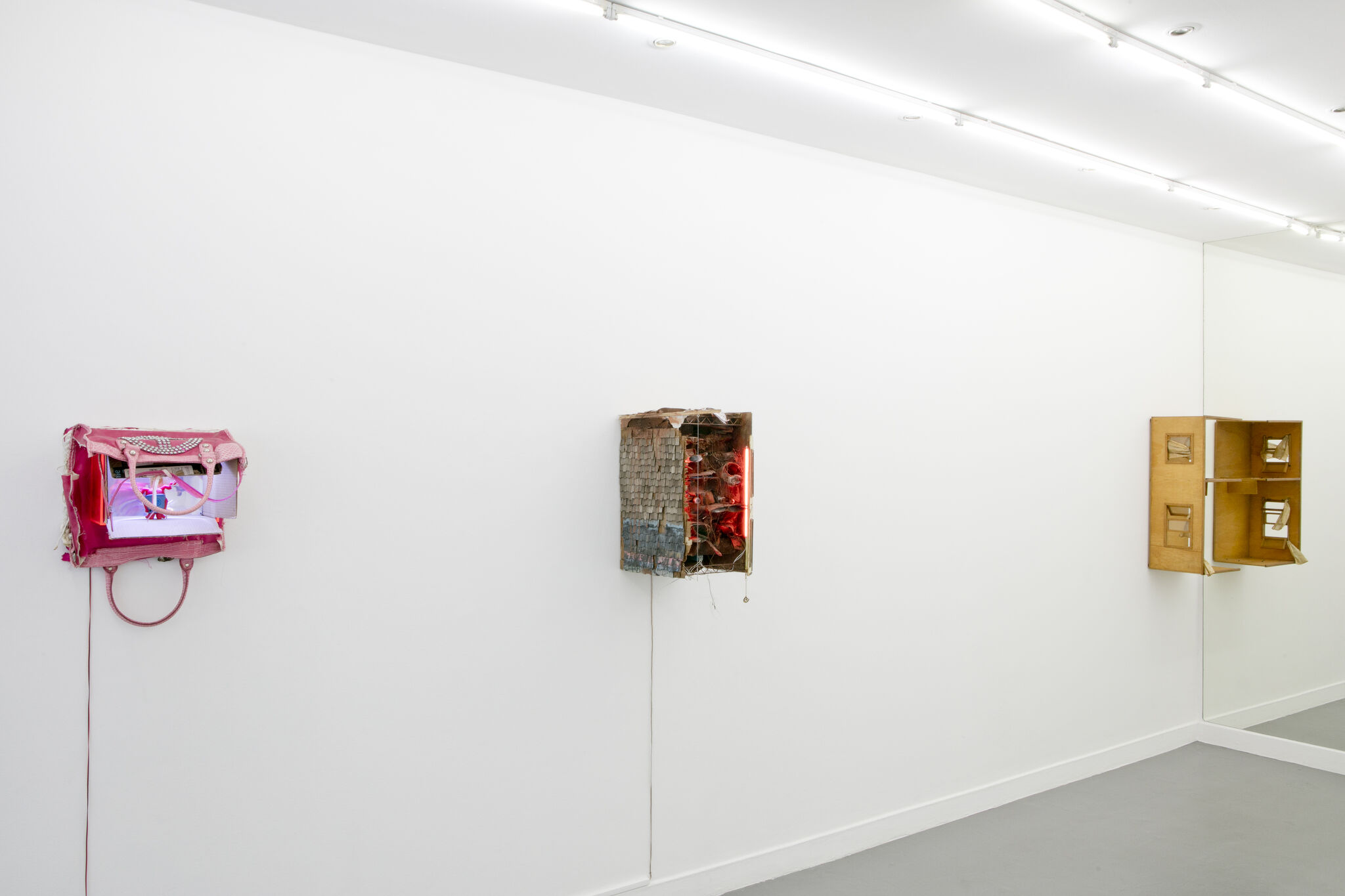
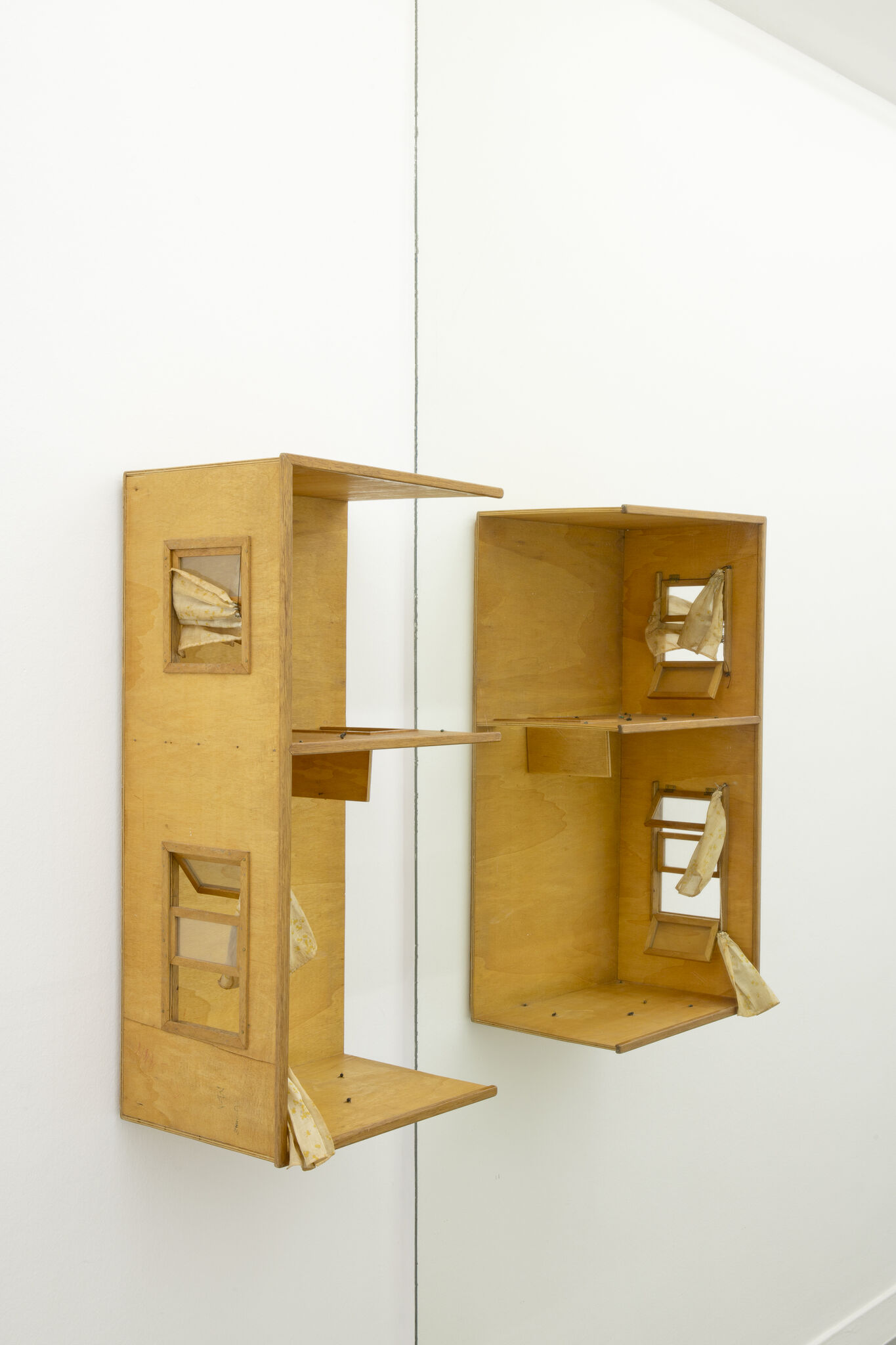
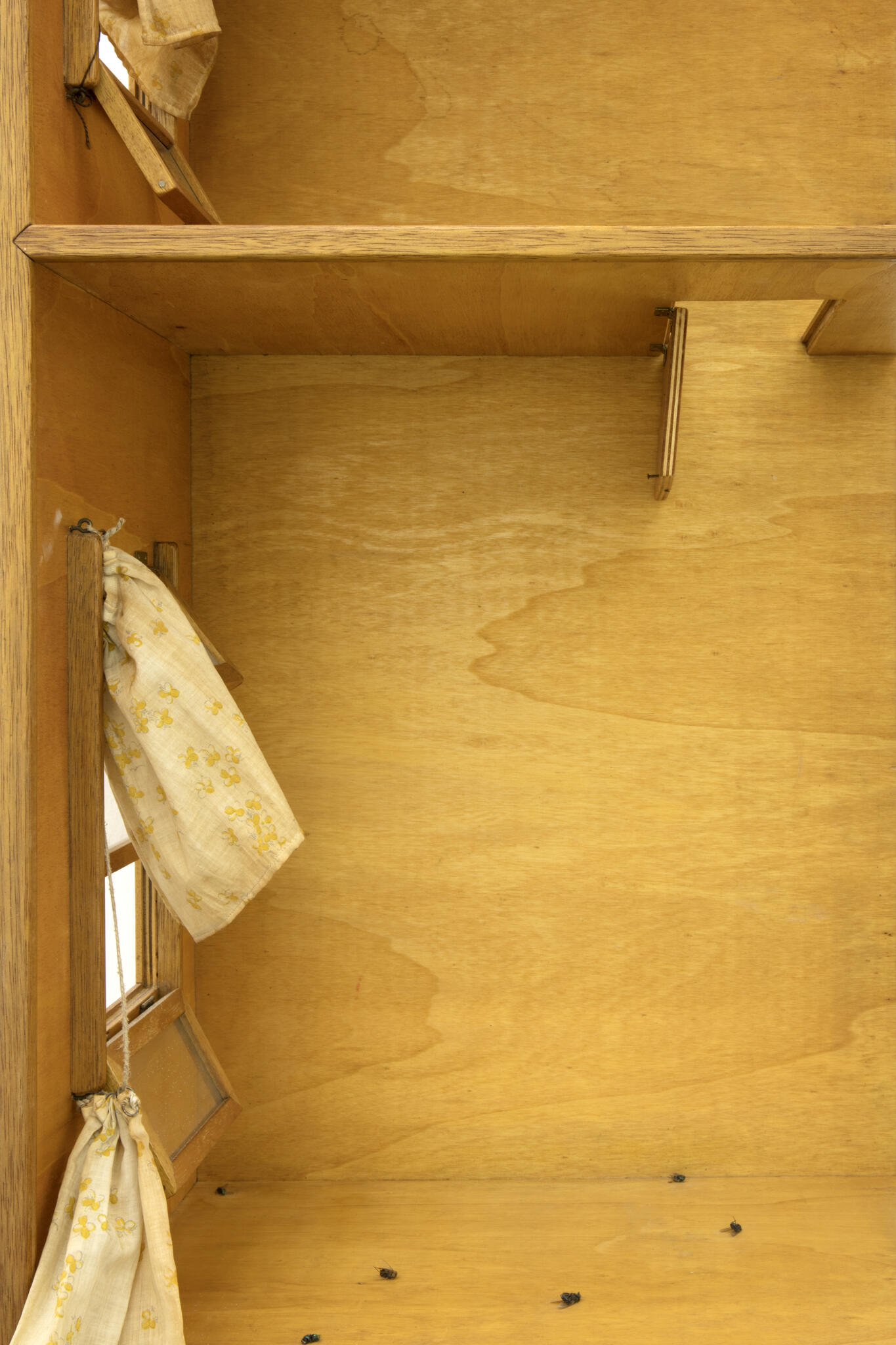
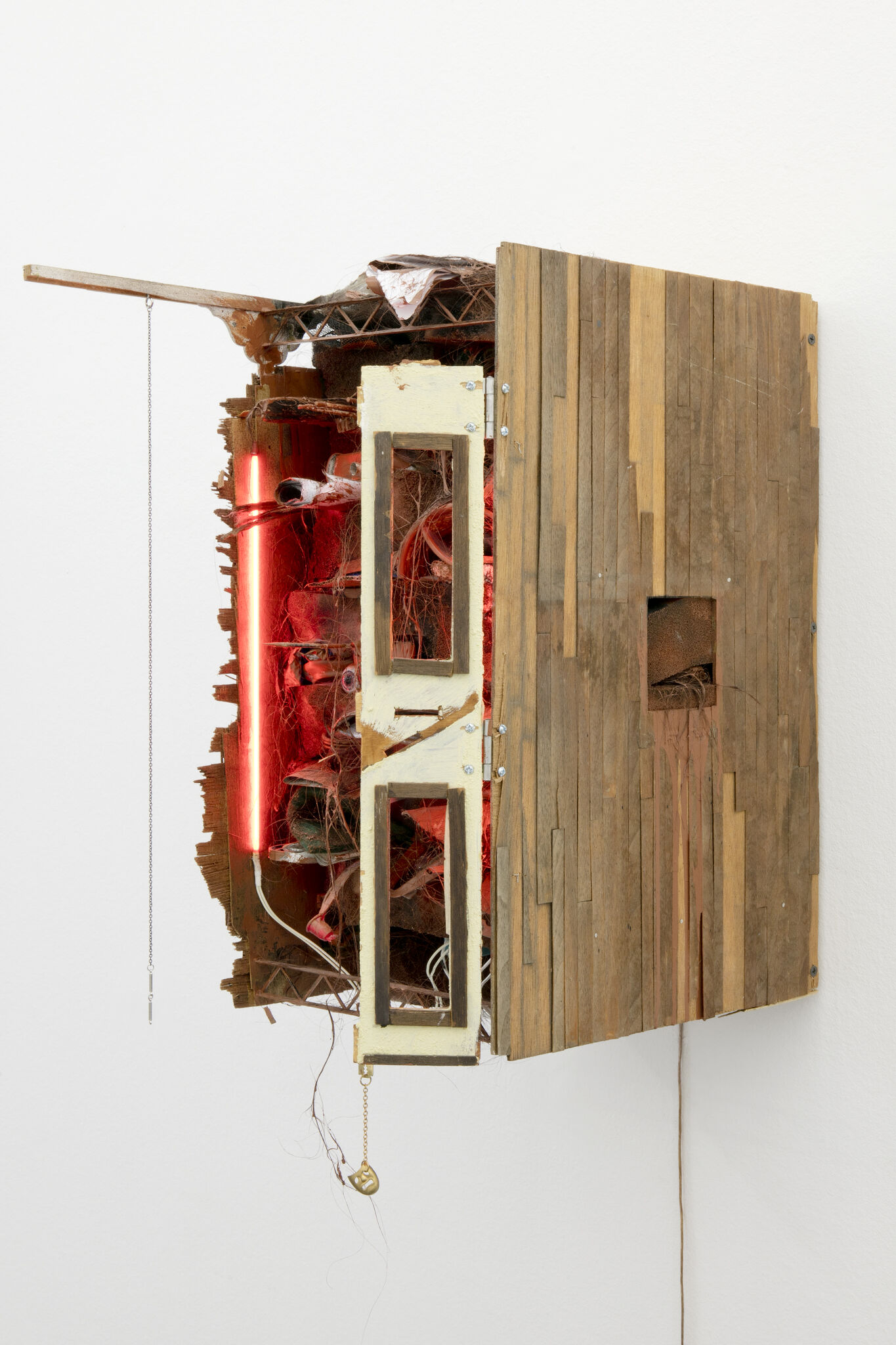
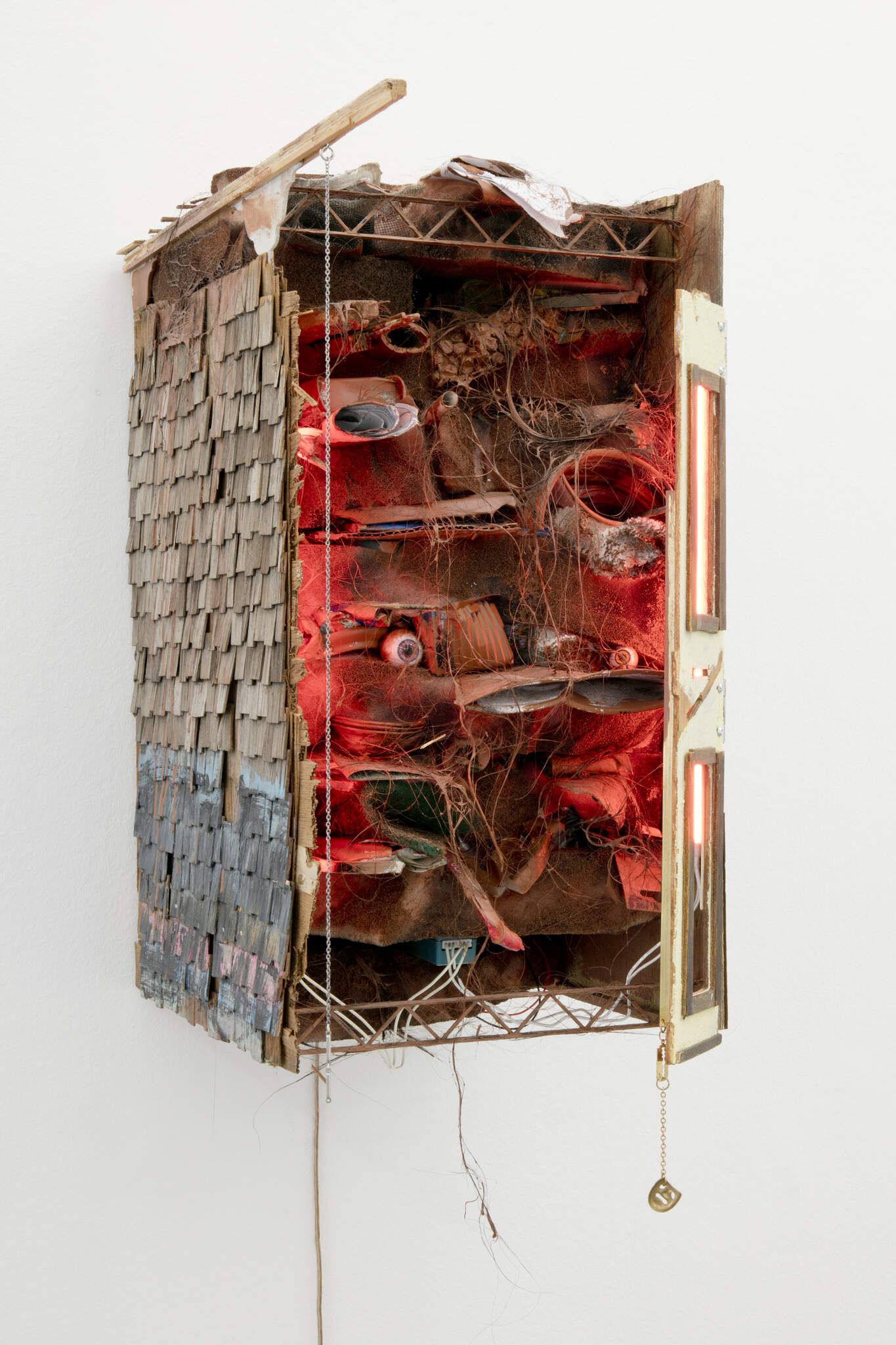
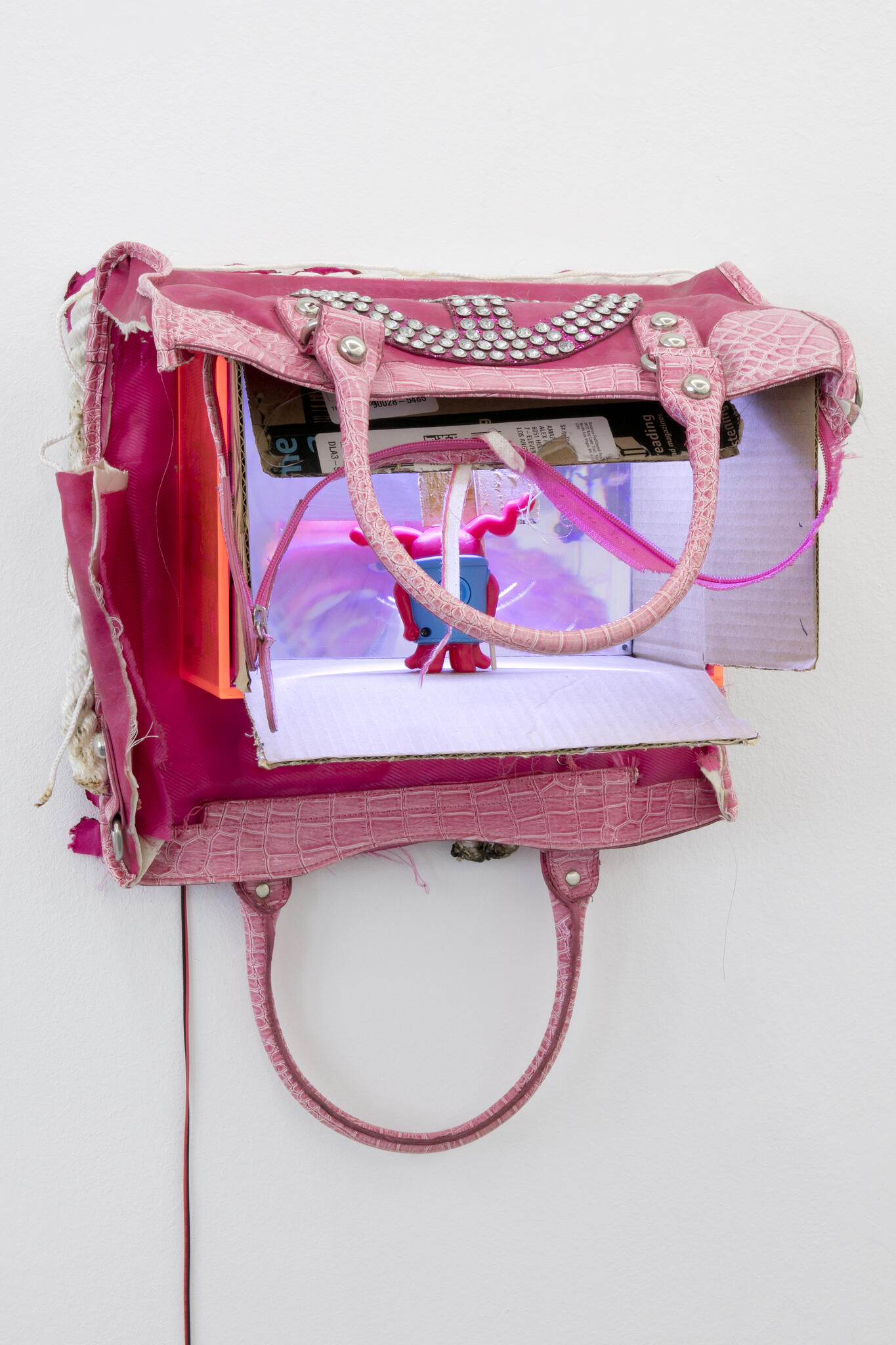
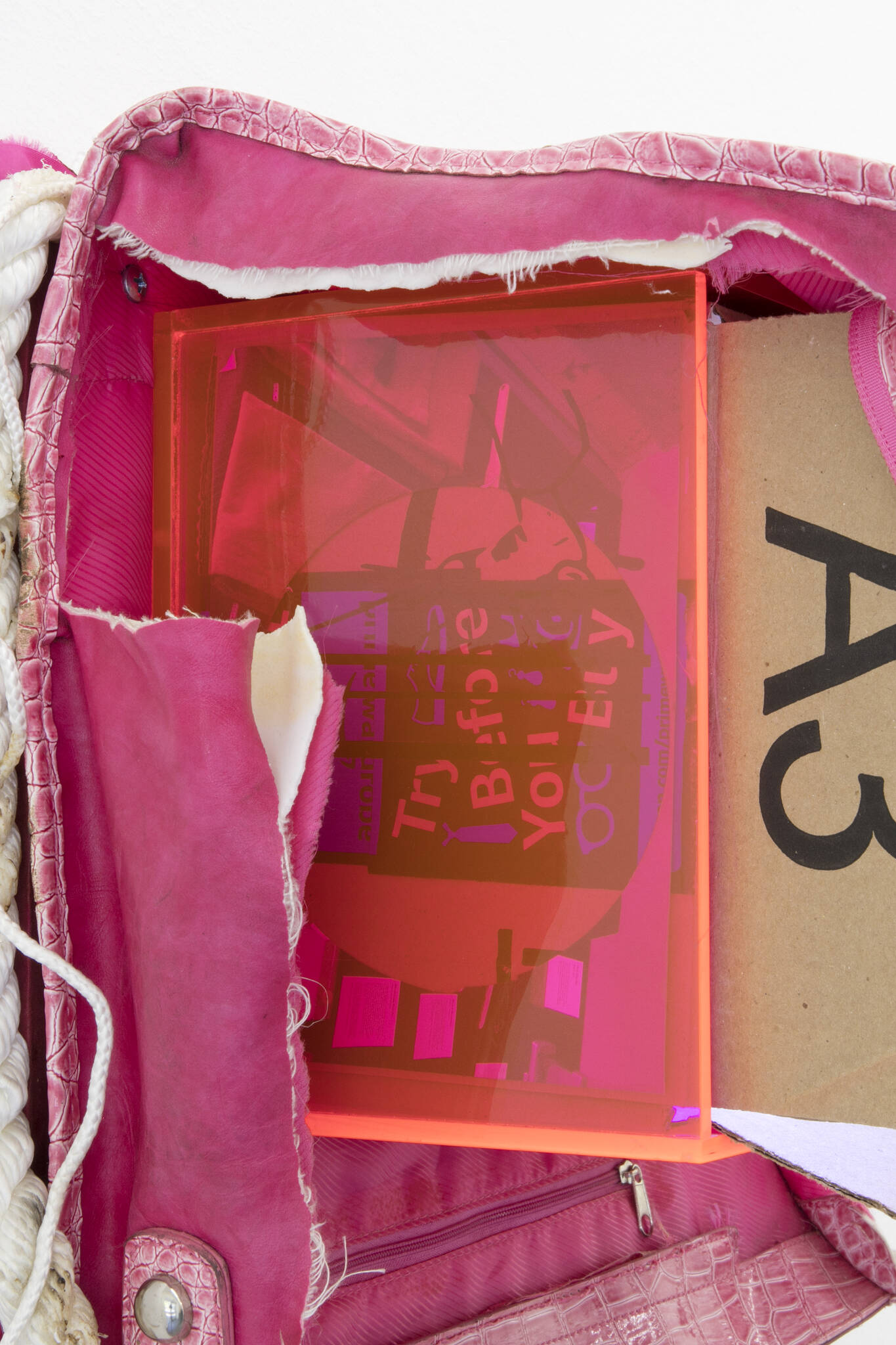
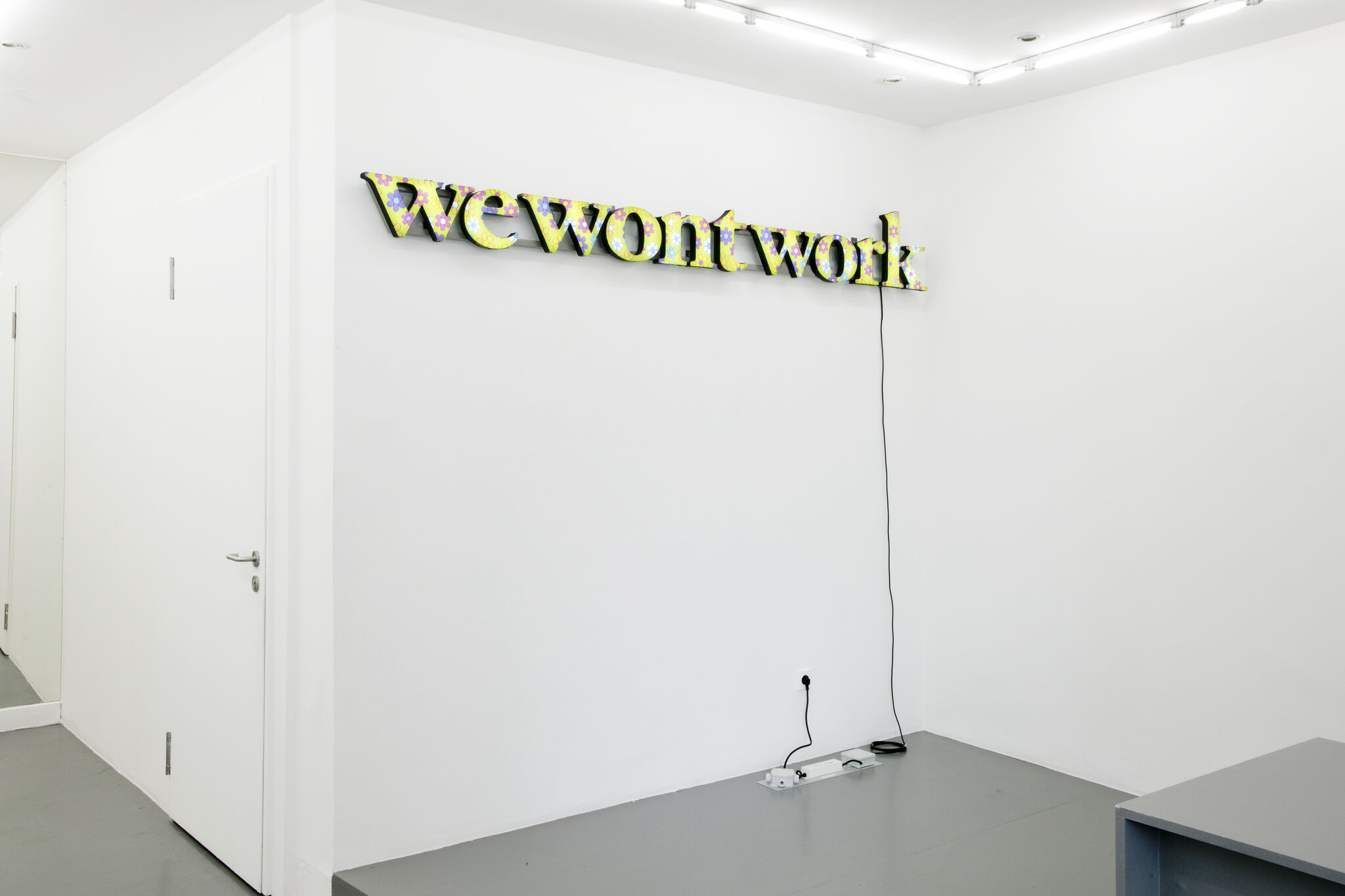
Gibber - salle 3, Mathis Altmann, la Salle de bains du 7 avril au 6 mai 2023
Photo : Jesús Alberto Benítez
Photo : Jesús Alberto Benítez
Gibber, room 3, Mathis Altmann, la Salle de bains from 7 April to 6 May 2023
Photo : Jesús Alberto Benítez
Photo : Jesús Alberto Benítez
Gibber - salle 3
Du 7 avril au 6 mai 2023From 7 April to 6 May 2023
Dans la salle précédente, une croix de pharmacie suspendue la tête en bas diffusait sur son écran led une sorte de sermon en images animées sur le thème de la dévotion au travail. À la fois hypnotique et ambigüe, elle aurait pu être générée par une intelligence artificielle nourrie par un flux linkedln de cadres supérieurs ou le forum d’une potentielle branche sataniste du stakhanovisme... Le texte de l’exposition mentionnait l’intérêt de l’artiste pour le pharmakon (qui désigne à la fois le poison et le remède) comme symbole de notre relation au travail sous le règne du capitalisme, relation qui s’est aggravée avec l’hyperactivité caractérisant la phase post-covid en dépit de toutes bonnes résolutions, pour ressembler à une névrose collective.
Il était aussi question d’un autre type d’enseignes lumineuses qui prolifèrent dans le paysage urbain et que Mathis Altmann détourne, à savoir celles de la multinationale WeWork, leader dans la vente de solutions d’espaces de travail. L’une de ses dirigeantes se félicitait récemment dans le magazine « Happy Boulot » sur BFMTV d’avoir contribué, main dans la main avec certaines mairies d’arrondissement de Paris, au « retour au bureau » des citoyen·nes friand·es de son offre de flexibilité.
Le choix d’exposer une œuvre de cette série parmi d’autres travaux plus anciens de Mathis Altmann pour le dernier volet de son exposition à la Salle de bains n’est pas étranger au contexte politique français. Mais cette version fleurie d’une revendication de grève peut se lire autrement que l’annonce enthousiaste de l’arrivée prochaine du « joli mois de mai », tant elle se présente à nous un jour de grève sans espoir. Elle renverrait plutôt au caractère folklorique auquel un gouvernement qui n’écoute plus la rue condamne toute protestation syndicale. Les travailleur·euses n’auront qu’à accepter leur sort avec l’aide d’un programme de bien-être imaginé dans le cadre d’un nouveau management :
« inspirez/expirez » dit le sous-titre de l’œuvre.
L’énoncé pourrait aussi manifester l’humeur de l’équipe de la Salle de bains dont la ville de Lyon vient de couper plus de la moitié de la subvention. C’est un autre élément du contexte. Mais là encore, il rejoint une situation plus large où l’on observe le devenir décoratif de tout
positionnement éthique ou politique dans l’art et ailleurs.
Cela sied même à la décoration d’intérieur, si de cette proclamation d’un refus de travailler l’on apprécie le côté cosy à l’aune d’un portrait de Gandhi dans un appartement loué sur airbnb. Mathis Altmann porte une attention particulière aux signes vidés de leur sens et autres
symptômes d’amnésie culturelle propre à la médiocrité haut de gamme de certains intérieurs contemporains standardisés, parfois médiatisés pour prouver sa réussite sociale au prix d’un jeu voyeur.
C’est au regard de ces formes d’esthétisation du domestique que sont apparues chez Altmann autour de 2015 ces sculptures évoquant des intérieurs poisseux, macabres, confits d’ordures ou de merde, parfois faites à partir de maisons de poupées. Elles sont associées ici à une sculpture plus récente faite à partir d’un sac à main en simili cuir de serpent orné d’un signe peace & love en strass dans lequel une figurine à l’air pathétique s'adonne à une manifestation. Habités par une présence morbide ou désespérée, ces espaces vides ou pleins qui invitent à regarder à l’intérieur pourraient être vus comme des allégories de l’inconscient des travailleur·euses et des consommateur·rices atteint·es de frénésie ordinaire.
Il était aussi question d’un autre type d’enseignes lumineuses qui prolifèrent dans le paysage urbain et que Mathis Altmann détourne, à savoir celles de la multinationale WeWork, leader dans la vente de solutions d’espaces de travail. L’une de ses dirigeantes se félicitait récemment dans le magazine « Happy Boulot » sur BFMTV d’avoir contribué, main dans la main avec certaines mairies d’arrondissement de Paris, au « retour au bureau » des citoyen·nes friand·es de son offre de flexibilité.
Le choix d’exposer une œuvre de cette série parmi d’autres travaux plus anciens de Mathis Altmann pour le dernier volet de son exposition à la Salle de bains n’est pas étranger au contexte politique français. Mais cette version fleurie d’une revendication de grève peut se lire autrement que l’annonce enthousiaste de l’arrivée prochaine du « joli mois de mai », tant elle se présente à nous un jour de grève sans espoir. Elle renverrait plutôt au caractère folklorique auquel un gouvernement qui n’écoute plus la rue condamne toute protestation syndicale. Les travailleur·euses n’auront qu’à accepter leur sort avec l’aide d’un programme de bien-être imaginé dans le cadre d’un nouveau management :
« inspirez/expirez » dit le sous-titre de l’œuvre.
L’énoncé pourrait aussi manifester l’humeur de l’équipe de la Salle de bains dont la ville de Lyon vient de couper plus de la moitié de la subvention. C’est un autre élément du contexte. Mais là encore, il rejoint une situation plus large où l’on observe le devenir décoratif de tout
positionnement éthique ou politique dans l’art et ailleurs.
Cela sied même à la décoration d’intérieur, si de cette proclamation d’un refus de travailler l’on apprécie le côté cosy à l’aune d’un portrait de Gandhi dans un appartement loué sur airbnb. Mathis Altmann porte une attention particulière aux signes vidés de leur sens et autres
symptômes d’amnésie culturelle propre à la médiocrité haut de gamme de certains intérieurs contemporains standardisés, parfois médiatisés pour prouver sa réussite sociale au prix d’un jeu voyeur.
C’est au regard de ces formes d’esthétisation du domestique que sont apparues chez Altmann autour de 2015 ces sculptures évoquant des intérieurs poisseux, macabres, confits d’ordures ou de merde, parfois faites à partir de maisons de poupées. Elles sont associées ici à une sculpture plus récente faite à partir d’un sac à main en simili cuir de serpent orné d’un signe peace & love en strass dans lequel une figurine à l’air pathétique s'adonne à une manifestation. Habités par une présence morbide ou désespérée, ces espaces vides ou pleins qui invitent à regarder à l’intérieur pourraient être vus comme des allégories de l’inconscient des travailleur·euses et des consommateur·rices atteint·es de frénésie ordinaire.
In the gallery before this one, a cross, the kind you see indicating the whereabouts of a pharmacy, while hanging with its “top” pointing down, was broadcasting a kind of sermon in animated images on its LED screen, expounding on the theme of devotion to work. Hypnotic and ambiguous at one and the same time, the cross could have been generated by an artificial intelligence that had been fed a LinkedIn stream of senior managers or maybe the discussion forum of a possible Satanist branch of Workaholics Unanimous… The exhibition’s accompanying text mentioned the artist’s interest in pharmakon (which can mean both poison and remedy in ancient Greek) as a symbol of our relationship to work in the Reign of Capitalism. That relationship has grown worse with the hyperactivity that characterizes the post-COVID phase despite very good resolutions all around, eventually coming to look like a collective neurosis.
But the previous show also involved another kind of neon sign, one that proliferates in the urban landscape and has been reappropriated by the artist Mathis Altmann, namely the signs heralding the multinational WeWork, the leading company in the sale of workspace solutions. One of WeWork’s directors recently congratulated himself on “Happy Boulot,” a TV magazine on the BFM channel, for having contributed, while working hand in hand with a number of Paris’s arrondissements and their administrators, to the “return to the office” of the citizenry thanks to his offer of flexibility.
The decision to exhibit a piece from this series alongside other older works by Altmann for the final chapter of his show at La Salle de bains is certainly not separate from the current political context in France. But this flowery version of a demand made by strikers can be read as something other than an enthusiastic announcement of the coming arrival of “the merry month of May,” inasmuch as it comes to us on a hopeless day when a strike is scheduled. Rather it would seem to point to the folk character to which any union protest is condemned by a government that is deaf to what is going on in the streets. Workers only have to accept their lot with the help of a welfare program dreamed up by the brand-new management. Like the subtitle of Altmann’s piece says, “inhale/exhale.”
The statement might also reflect the prevailing mood of the staff at La Salle de bains, where the City of Lyon has just cut by half the grant it normally awards to the gallery. It’s just another part of the context. But here again it links up with a broader situation that makes clear the decorative future of any ethical or political position taken in art and elsewhere.This goes for even the interior decoration, if we appreciate, in this declaration of a refusal to work, the cozy side of the thing, measured in terms of the portrait of Gandhi in an Airbnb rental apartment. Altmann pays particular attention to signs emptied of their meaning and other symptoms of cultural amnesia that are peculiar to the upscale mediocrity of certain standardized contemporary interiors that are occasionally hyped to prove one’s success in society – at the cost of a play of voyeuristic forces.
It was in terms of these forms of estheticization of the household realm that Altmann’s work gave rise to sculptures conjuring up sticky and macabre interiors awash in trash and shit, which in some cases are made from dollhouses. They’re brought together here with a more recent sculpture that is made from an imitation snakeskin handbag that sports a rhinestone peace & love sign displaying a figurine that tugs vigorously on the heart-strings. Haunted by a presence that is morbid or full of despair, these full and empty spaces inviting viewers to look inside could be viewed as allegories of the unconscious of workers and consumers suffering from an ordinary frenzy.
translation : John O'Toole
But the previous show also involved another kind of neon sign, one that proliferates in the urban landscape and has been reappropriated by the artist Mathis Altmann, namely the signs heralding the multinational WeWork, the leading company in the sale of workspace solutions. One of WeWork’s directors recently congratulated himself on “Happy Boulot,” a TV magazine on the BFM channel, for having contributed, while working hand in hand with a number of Paris’s arrondissements and their administrators, to the “return to the office” of the citizenry thanks to his offer of flexibility.
The decision to exhibit a piece from this series alongside other older works by Altmann for the final chapter of his show at La Salle de bains is certainly not separate from the current political context in France. But this flowery version of a demand made by strikers can be read as something other than an enthusiastic announcement of the coming arrival of “the merry month of May,” inasmuch as it comes to us on a hopeless day when a strike is scheduled. Rather it would seem to point to the folk character to which any union protest is condemned by a government that is deaf to what is going on in the streets. Workers only have to accept their lot with the help of a welfare program dreamed up by the brand-new management. Like the subtitle of Altmann’s piece says, “inhale/exhale.”
The statement might also reflect the prevailing mood of the staff at La Salle de bains, where the City of Lyon has just cut by half the grant it normally awards to the gallery. It’s just another part of the context. But here again it links up with a broader situation that makes clear the decorative future of any ethical or political position taken in art and elsewhere.This goes for even the interior decoration, if we appreciate, in this declaration of a refusal to work, the cozy side of the thing, measured in terms of the portrait of Gandhi in an Airbnb rental apartment. Altmann pays particular attention to signs emptied of their meaning and other symptoms of cultural amnesia that are peculiar to the upscale mediocrity of certain standardized contemporary interiors that are occasionally hyped to prove one’s success in society – at the cost of a play of voyeuristic forces.
It was in terms of these forms of estheticization of the household realm that Altmann’s work gave rise to sculptures conjuring up sticky and macabre interiors awash in trash and shit, which in some cases are made from dollhouses. They’re brought together here with a more recent sculpture that is made from an imitation snakeskin handbag that sports a rhinestone peace & love sign displaying a figurine that tugs vigorously on the heart-strings. Haunted by a presence that is morbid or full of despair, these full and empty spaces inviting viewers to look inside could be viewed as allegories of the unconscious of workers and consumers suffering from an ordinary frenzy.
translation : John O'Toole
Liste des œuvres :
List of works :
Untitled, 2019
techniques mixtes
30 x 24 x 22 cm
Water ! Good God ! Filth !, 2017
bois, mousse, plastique, cheveux humains, peinture pour
sol de garage, métal, lumière cathodique froide
68,58 x 35,56 x 30,48 cm
YesVacancy, 2016
bois, coton, verre, mouches
80 x 40,5 x 28,5 cm
wewontwork, 2021
enseigne lumineuse LED, peinture acrylique
268 x 50 x 27 cm
techniques mixtes
30 x 24 x 22 cm
Water ! Good God ! Filth !, 2017
bois, mousse, plastique, cheveux humains, peinture pour
sol de garage, métal, lumière cathodique froide
68,58 x 35,56 x 30,48 cm
YesVacancy, 2016
bois, coton, verre, mouches
80 x 40,5 x 28,5 cm
wewontwork, 2021
enseigne lumineuse LED, peinture acrylique
268 x 50 x 27 cm
Untitled, 2019
mixed media
30 x 24 x 22 cm
Water ! Good God ! Filth !, 2017
wood, foam, plastic, human hair, garage floor paint, metal,
cold cathode light
68,58 x 35,56 x 30,48 cm
YesVacancy, 2016
wood, cotton, glass, flies
80 x 40,5 x 28,5 cm
wewontwork, 2021
illuminated LED sign, acrylic paint
268 x 50 x 27 cm
mixed media
30 x 24 x 22 cm
Water ! Good God ! Filth !, 2017
wood, foam, plastic, human hair, garage floor paint, metal,
cold cathode light
68,58 x 35,56 x 30,48 cm
YesVacancy, 2016
wood, cotton, glass, flies
80 x 40,5 x 28,5 cm
wewontwork, 2021
illuminated LED sign, acrylic paint
268 x 50 x 27 cm

Gibber - salle 3, 2023
Affiche
Mathis Altmann (1987) vit et travaille à Berlin et Zürich.
Son travail a fait l’objet d’expositions monographiques en Allemagne, à Efremidis à Berlin en 2021 ; en Italie, à l’Institut Suisse de Milan en 2018 et en Suisse, au Kunstmuseum de Wintherthur en 2021 et à Truth & Consequences à Genève en 2016. Il a également participé à de nombreuses expositions collectives en 2021 telles que Bijoux ! à Fitzpatrick Gallery à Paris ; Nimmersatt? Imagining Society without Growth au Westfälischer Kunstverein à Münster ; Macht! Licht! au Kunstmuseum Wolfsburg, en Allemagne et en 2020 comme Grand Miniature à Zurich ou encore ANNEMARIE VON MATT. JE NE M’ENNUIE JAMAIS, ON M’ENNUIE au Centre Culturel Suisse à Paris.
Il est représenté par Fitzpatrick Gallery à Paris.
Son travail a fait l’objet d’expositions monographiques en Allemagne, à Efremidis à Berlin en 2021 ; en Italie, à l’Institut Suisse de Milan en 2018 et en Suisse, au Kunstmuseum de Wintherthur en 2021 et à Truth & Consequences à Genève en 2016. Il a également participé à de nombreuses expositions collectives en 2021 telles que Bijoux ! à Fitzpatrick Gallery à Paris ; Nimmersatt? Imagining Society without Growth au Westfälischer Kunstverein à Münster ; Macht! Licht! au Kunstmuseum Wolfsburg, en Allemagne et en 2020 comme Grand Miniature à Zurich ou encore ANNEMARIE VON MATT. JE NE M’ENNUIE JAMAIS, ON M’ENNUIE au Centre Culturel Suisse à Paris.
Il est représenté par Fitzpatrick Gallery à Paris.
Mathis Altmann (1987) lives and works between Berlin and Zurich.
His work has been the subject of monographic exhibitions in Germany, at Efremidis in Berlin in 2021; in Italy, at the Swiss Institute in Milan in 2018 and in Switzerland, at the Kunstmuseum in Wintherthur in 2021 and at Truth & Consequences in Geneva in 2016. He has also participated in numerous group exhibitions in 2021 such as Bijoux! at Fitzpatrick Gallery in Paris; Nimmersatt? Imagining Society without Growth at the Westfälischer Kunstverein in Münster; Macht! Licht! at the Kunstmuseum Wolfsburg, Germany and in 2020 as Grand Miniature in Zurich or ANNEMARIE VON MATT. JE NE M’ENNUIE JAMAIS, ON M’ENNUIE at the Centre Culturel Suisse in Paris.
He is represented by Fitzpatrick Gallery.
His work has been the subject of monographic exhibitions in Germany, at Efremidis in Berlin in 2021; in Italy, at the Swiss Institute in Milan in 2018 and in Switzerland, at the Kunstmuseum in Wintherthur in 2021 and at Truth & Consequences in Geneva in 2016. He has also participated in numerous group exhibitions in 2021 such as Bijoux! at Fitzpatrick Gallery in Paris; Nimmersatt? Imagining Society without Growth at the Westfälischer Kunstverein in Münster; Macht! Licht! at the Kunstmuseum Wolfsburg, Germany and in 2020 as Grand Miniature in Zurich or ANNEMARIE VON MATT. JE NE M’ENNUIE JAMAIS, ON M’ENNUIE at the Centre Culturel Suisse in Paris.
He is represented by Fitzpatrick Gallery.
La Salle de bains reçoit le soutien du Ministère de la Culture DRAC Auvergne-Rhône-Alpes,
de la Région Auvergne-Rhône-Alpes et de la Ville de Lyon.
Cette exposition reçoit le soutien de Pro Helvetia, Fondation suisse pour la culture.
de la Région Auvergne-Rhône-Alpes et de la Ville de Lyon.
Cette exposition reçoit le soutien de Pro Helvetia, Fondation suisse pour la culture.
